A L C A T R A Z
Welcome to A L C A T R A Z
The biggest concrete structure in the world and supposedly the most secure prison of the planet.
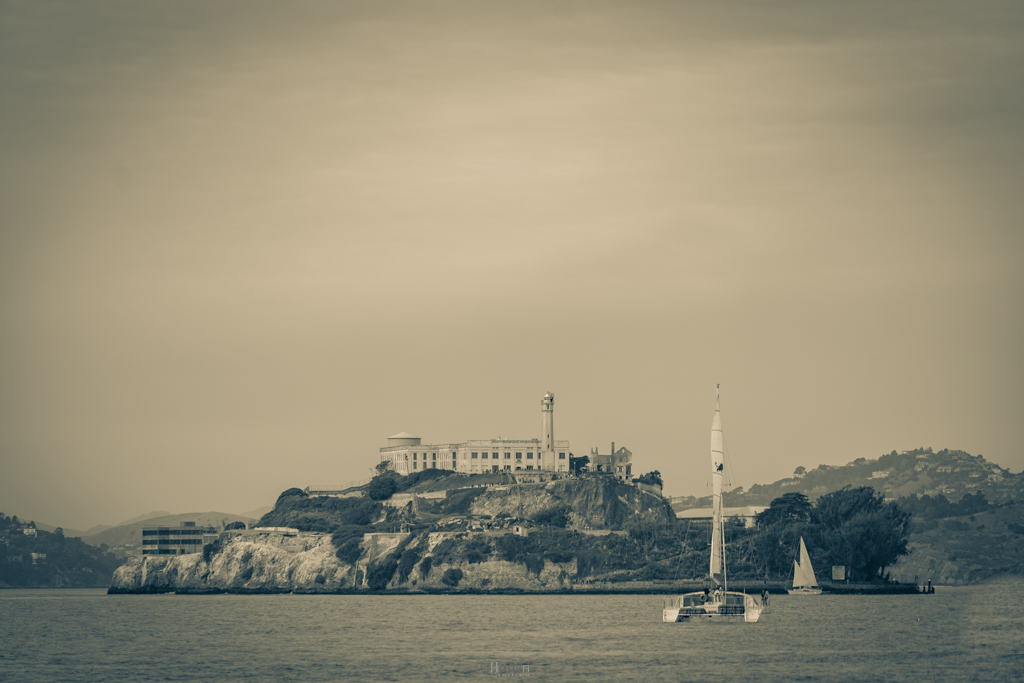
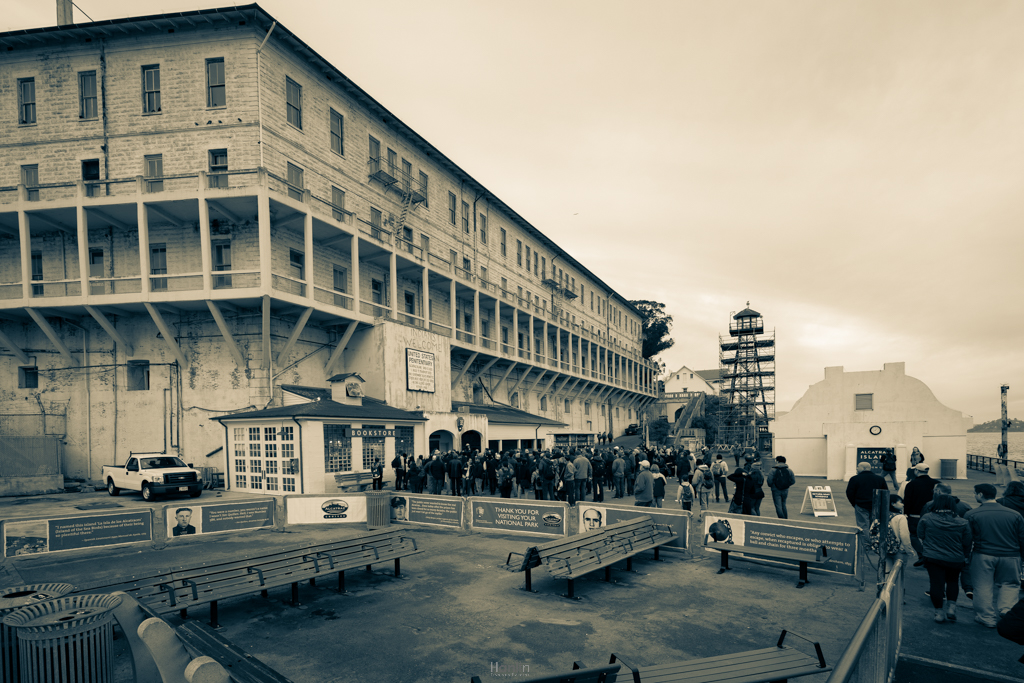
Alcatraz was America’s premier maximum-security prison, the final stop for the nation’s most incorrigible prisoners.
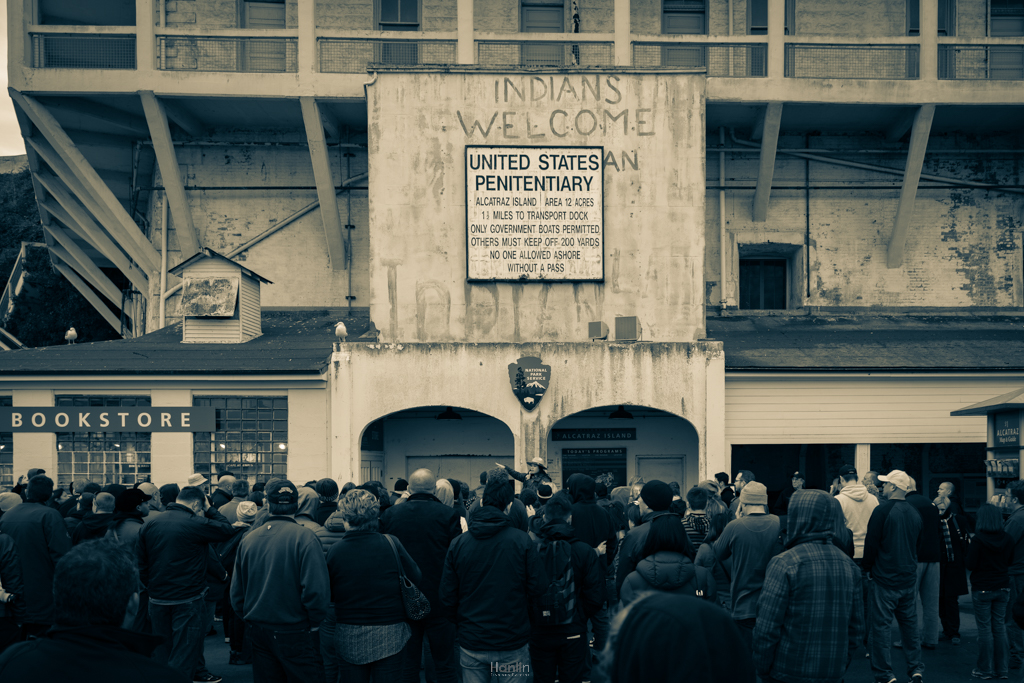
The last stop for America’s most dangerous and violent offenders.
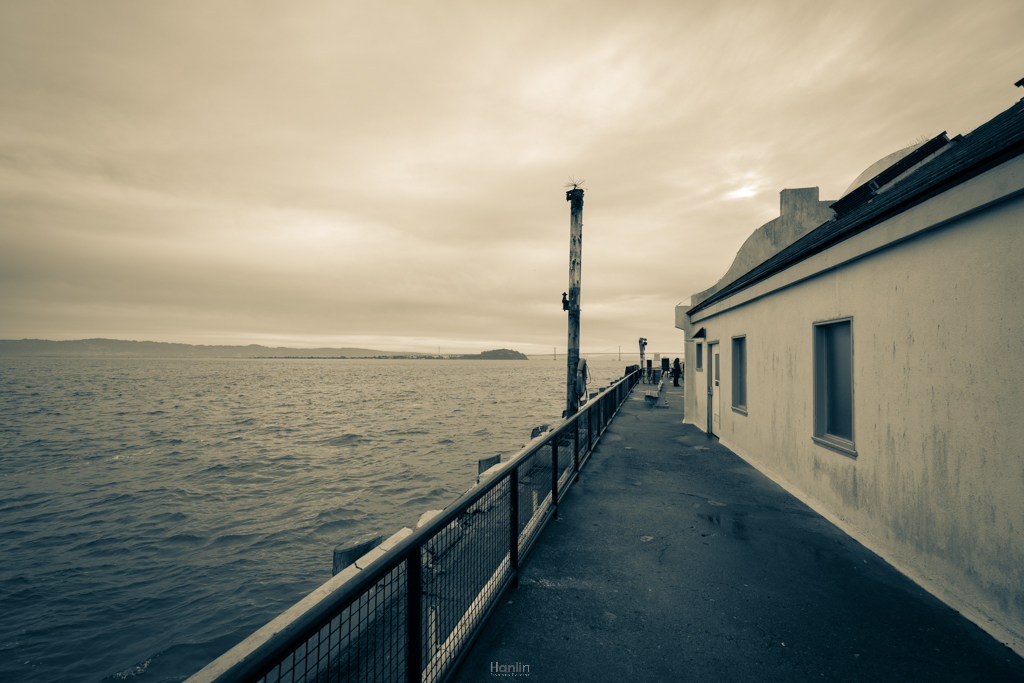
Alcatraz located in an island in the middle of San Fransisco bay. Isolated from the mainland by the cold, strong waters of San Francisco Bay.
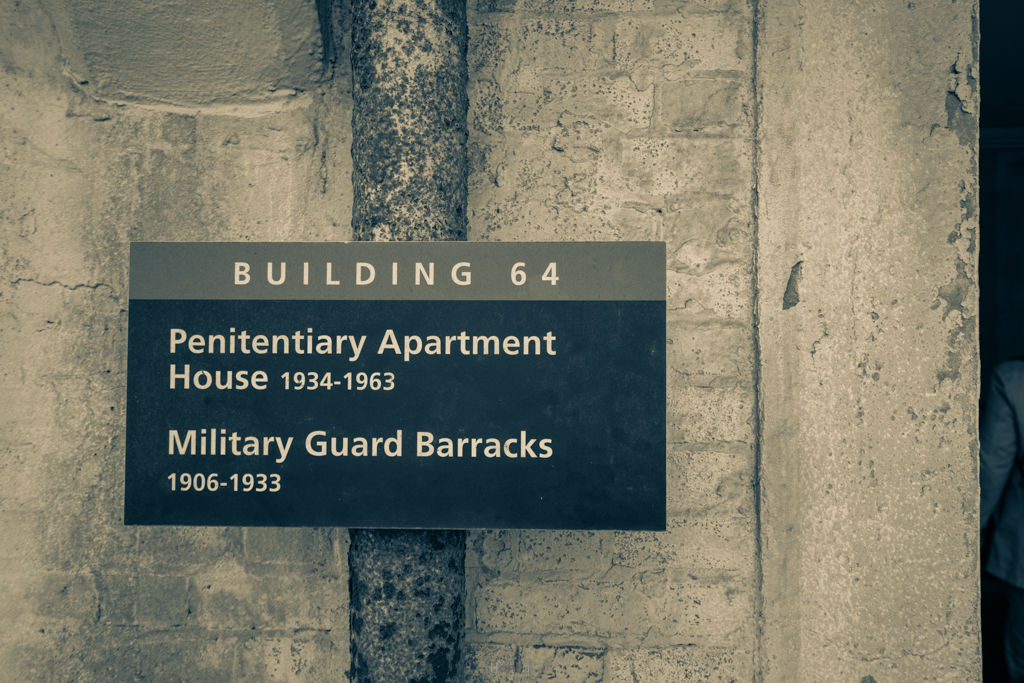
It was assumed no Alcatraz inmate could attempt to escape by swimming and survive.
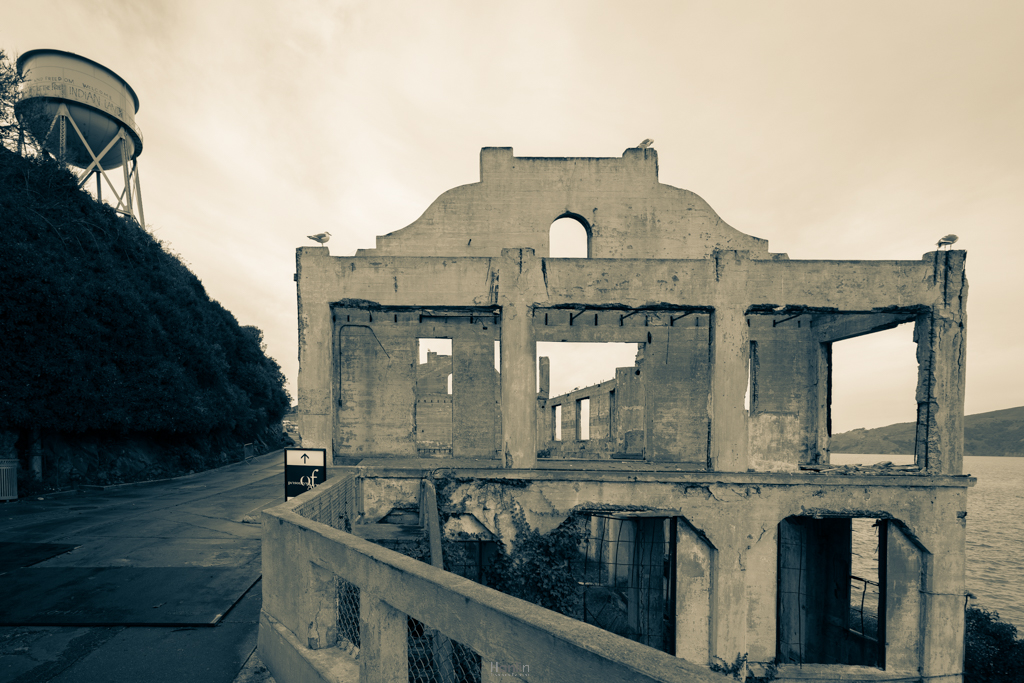
The Warden’s House was the home of the prison’s warden. The lavish mansion consisted of 3 floors and 17 rooms and was built originally in 1921. Today, the house is a ruin, burned down by Native American Protesters during the Occupation of Alcatraz in 1970.
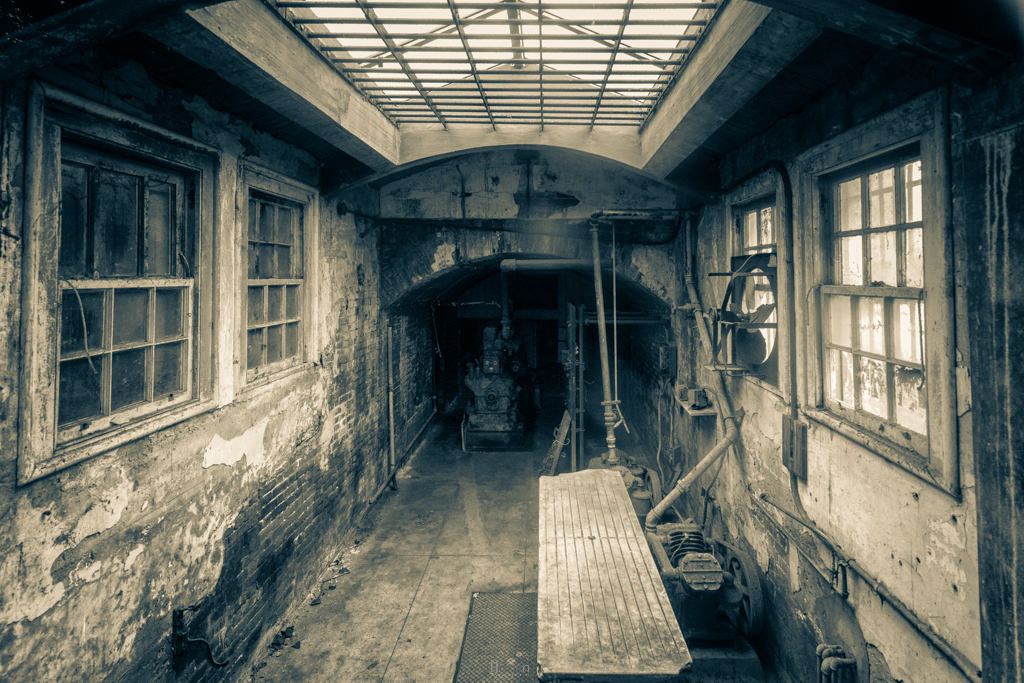
The Morgue – One space many uses
This thick, brick-lined walls that once kept gunpowder cool and dry were also ideal to protect bodies awaiting transport off the island.
While the morgue was primarily utilised during the militery prison era, it is a reminder that not everyone left the island alive.
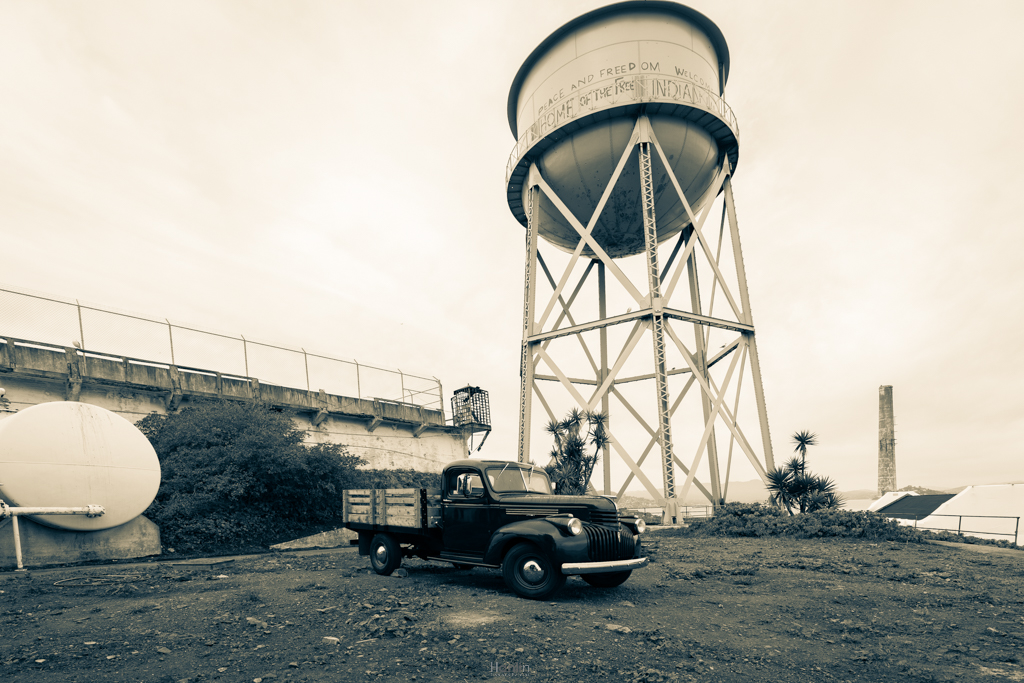
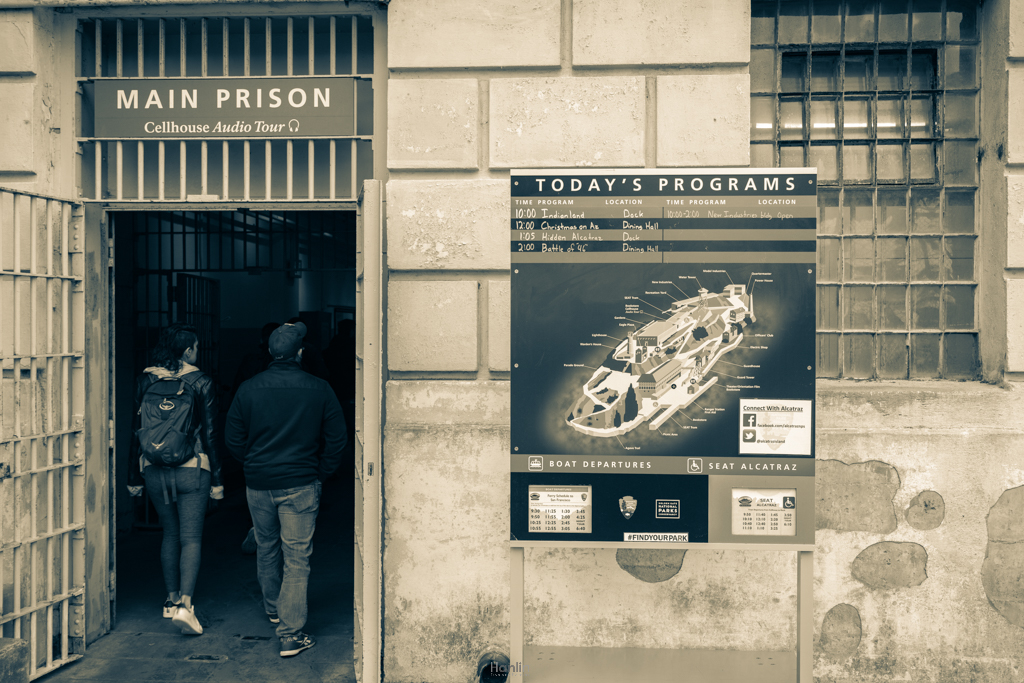
Entrance to the main prison.
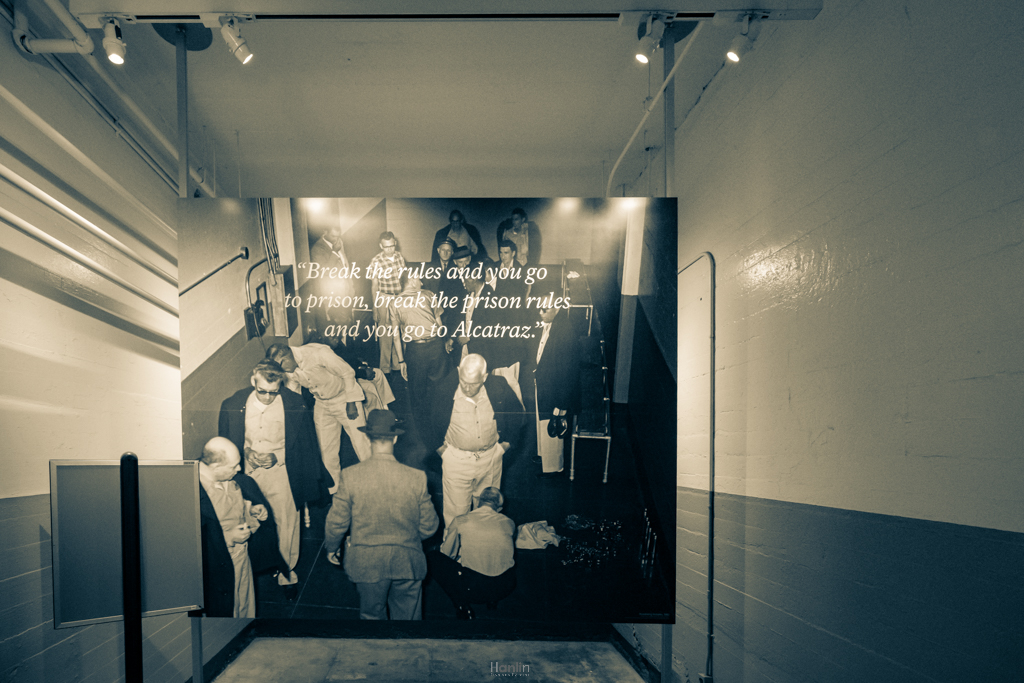
“Break the rules and you go to prison, break the prison rules and you go to Alcatraz”
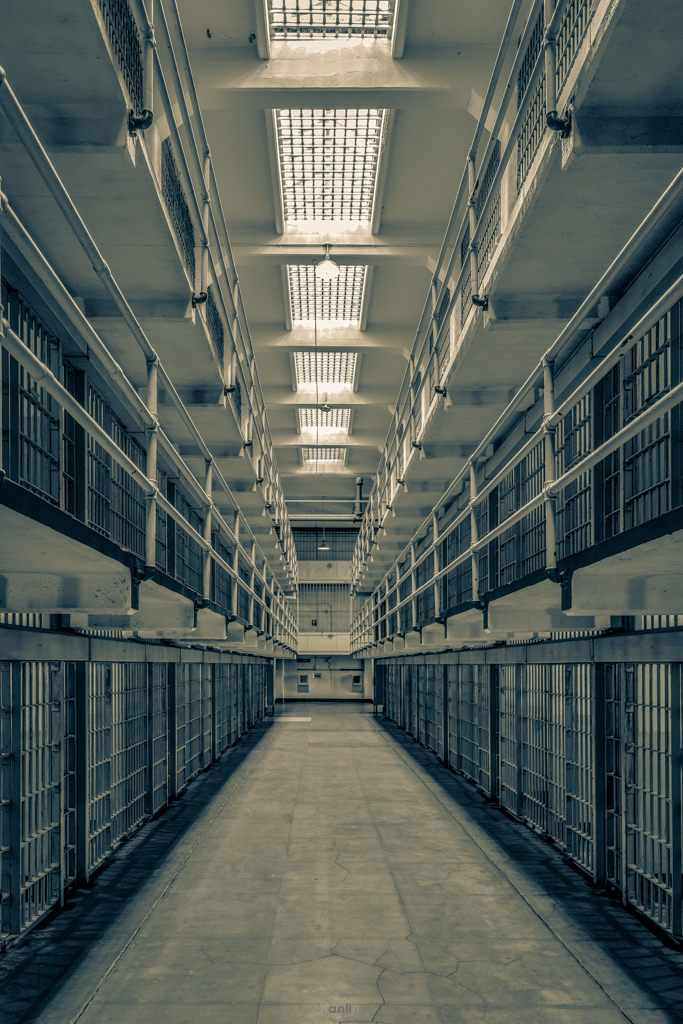
Many of the convicts housed in Alcatraz were those who had committed the most heinous crimes. Those men who had escaped from other prisons or attempted to bribe guards. This seemed the natural solution because criminals who went to Alcatraz stayed in Alcatraz.
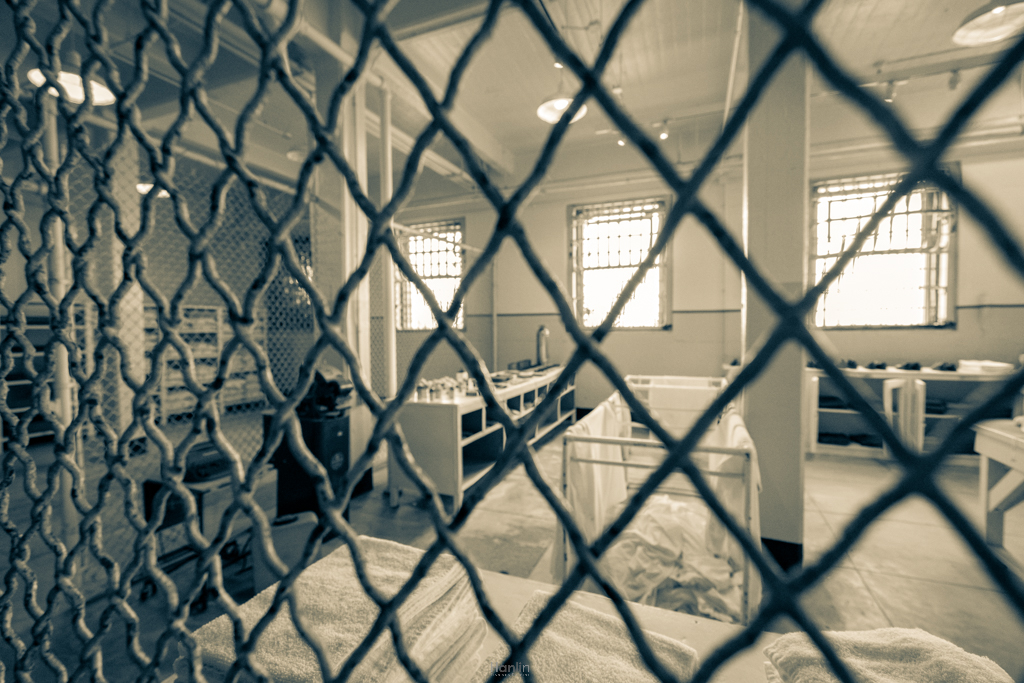
Laundry area
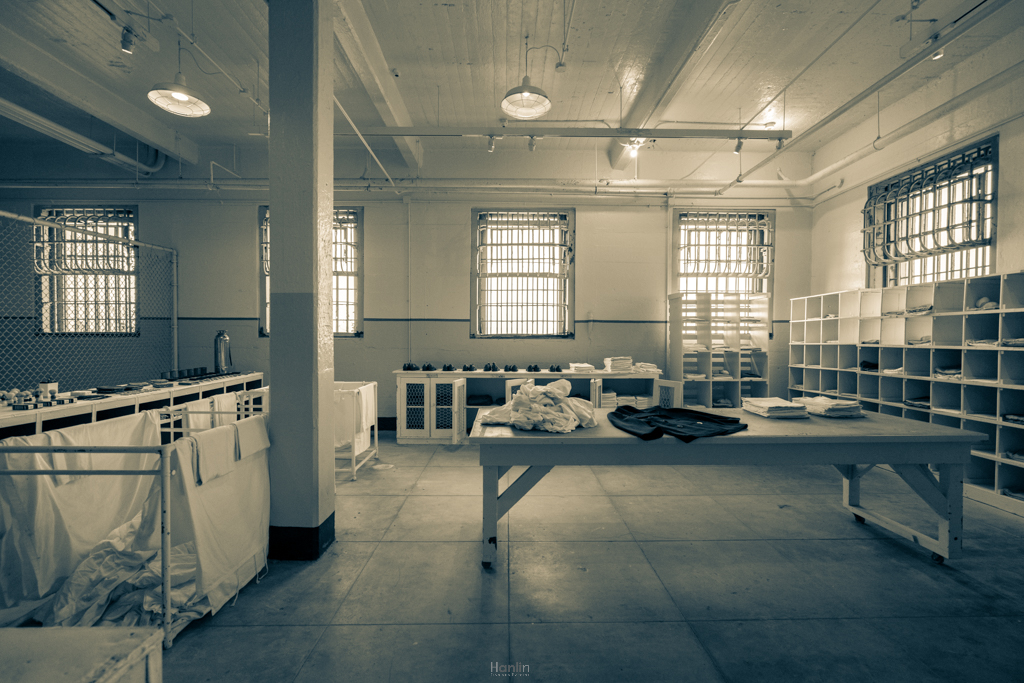
Alcatraz Laundry room
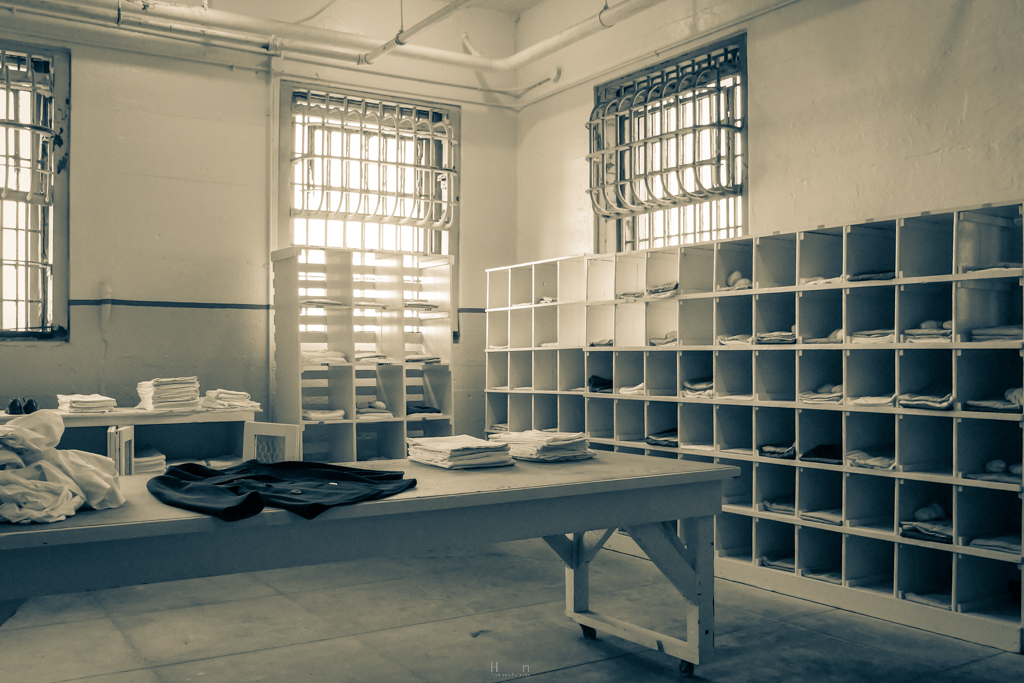
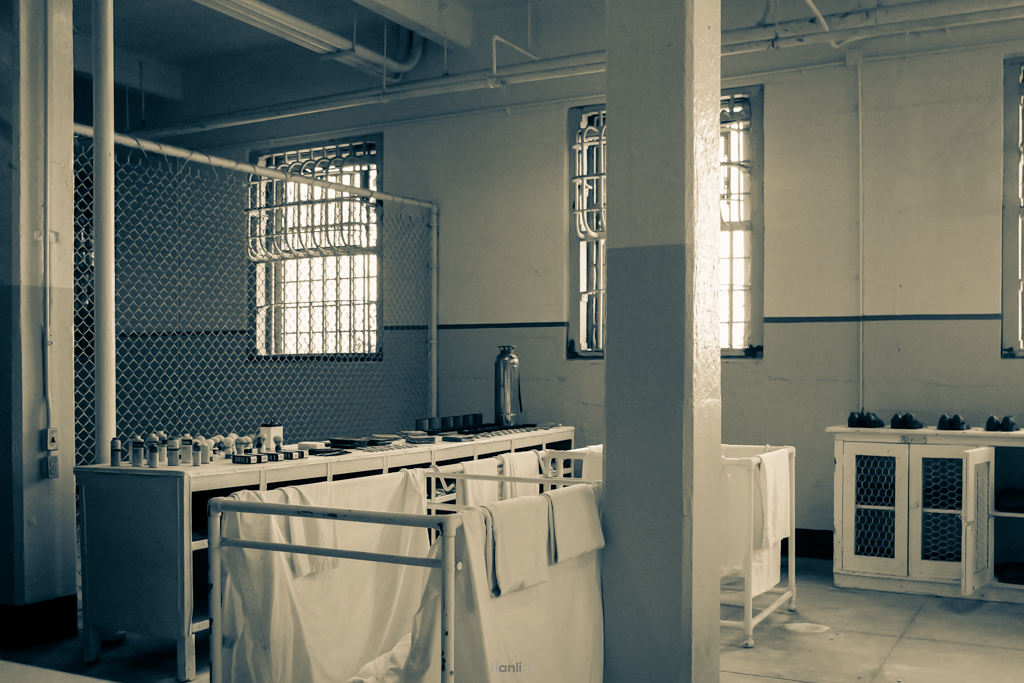
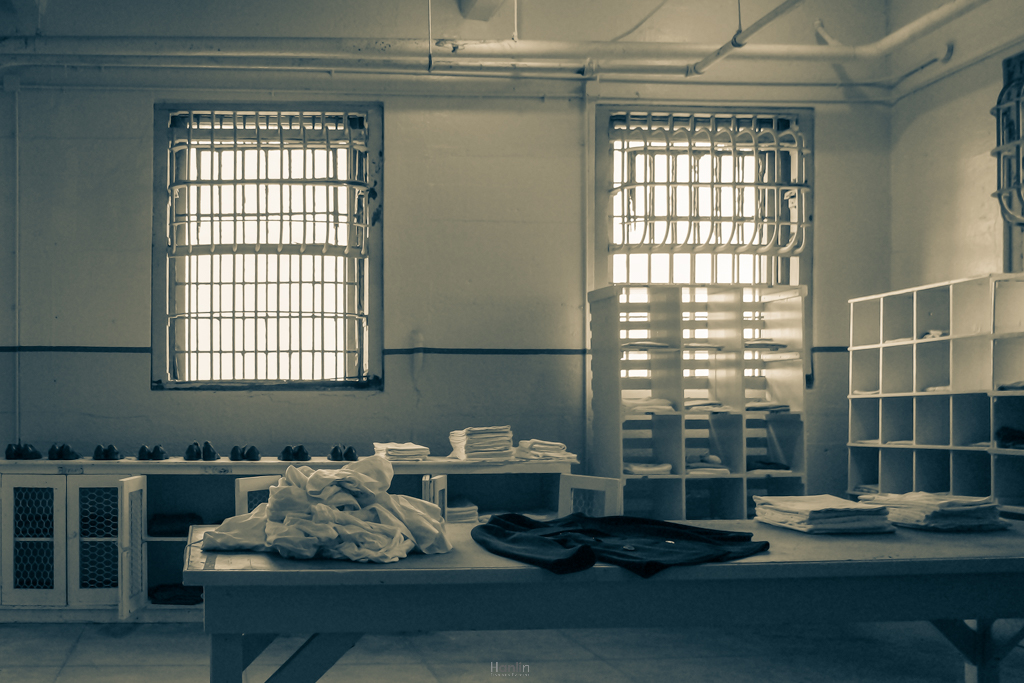
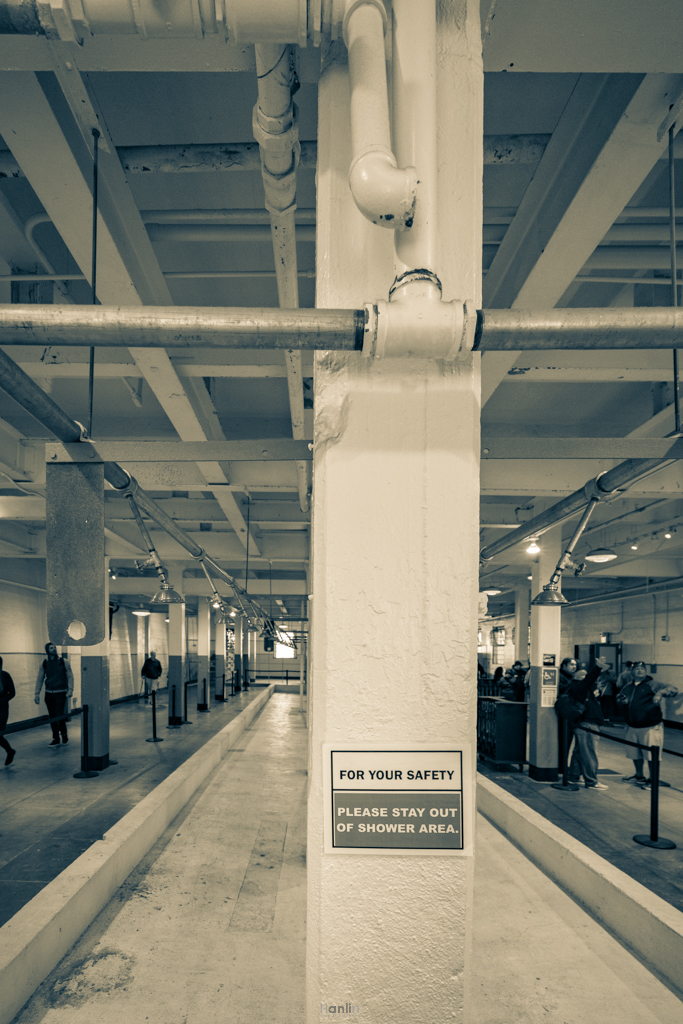
Alcatraz Shower Area
Prisoners knew no privacy in Alcatraz-here or anywhere else.
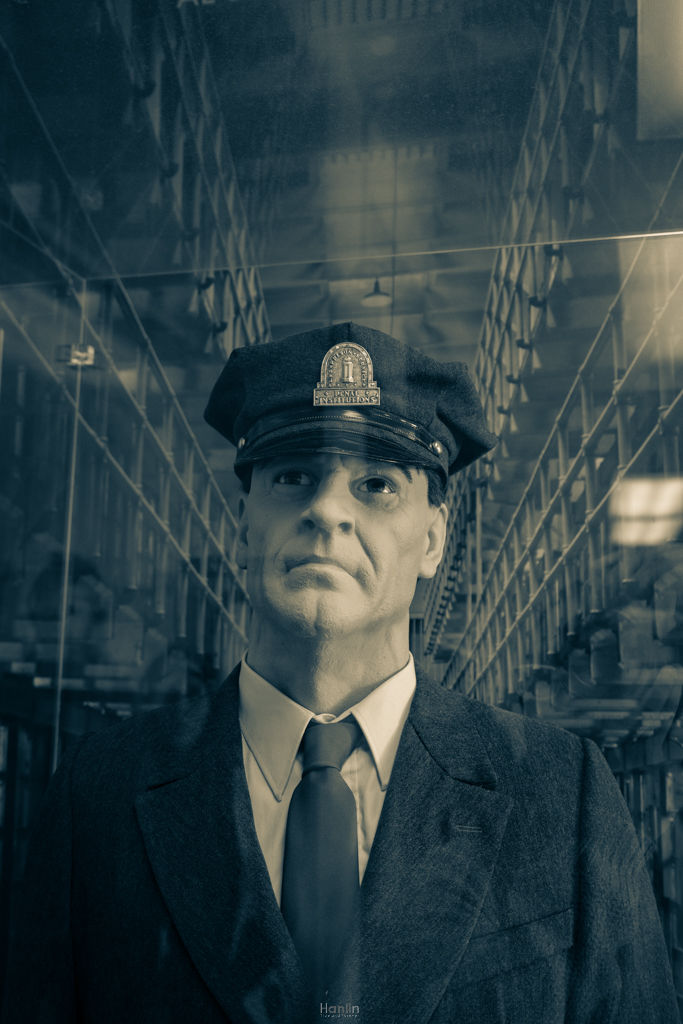
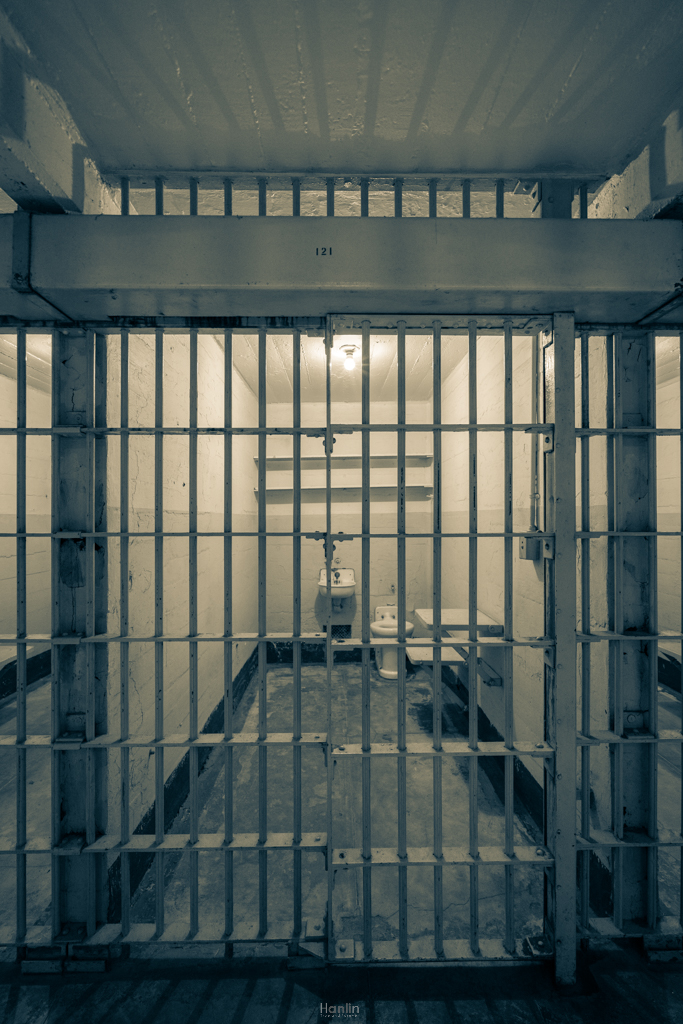
Each cells was fitted with unbreakable steel gates which has no keys, only could open remotely.
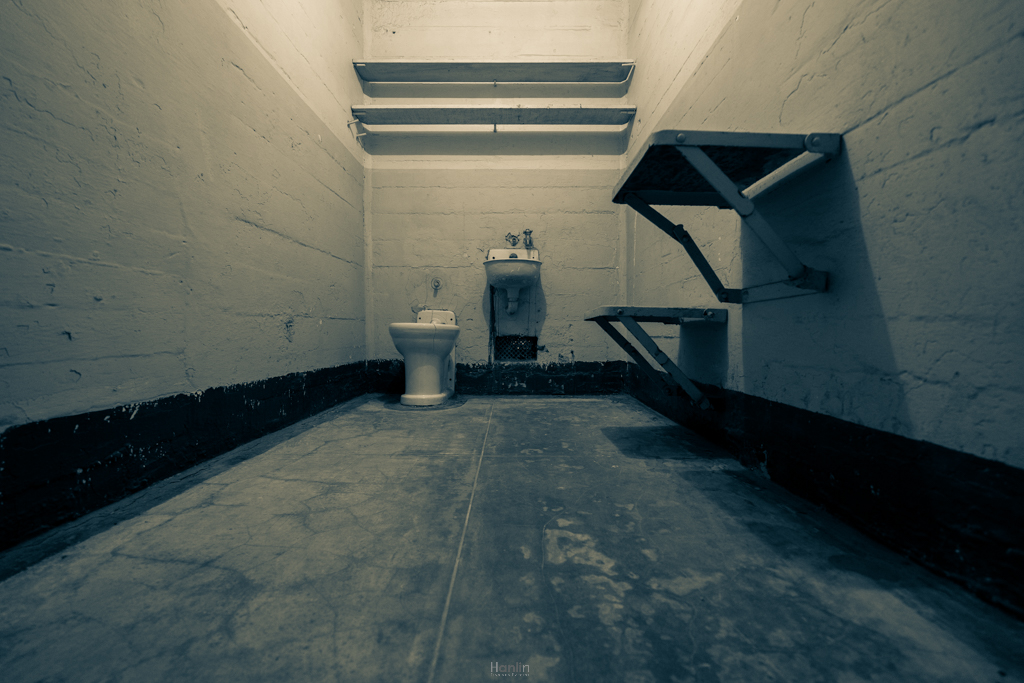
Inside the cells.
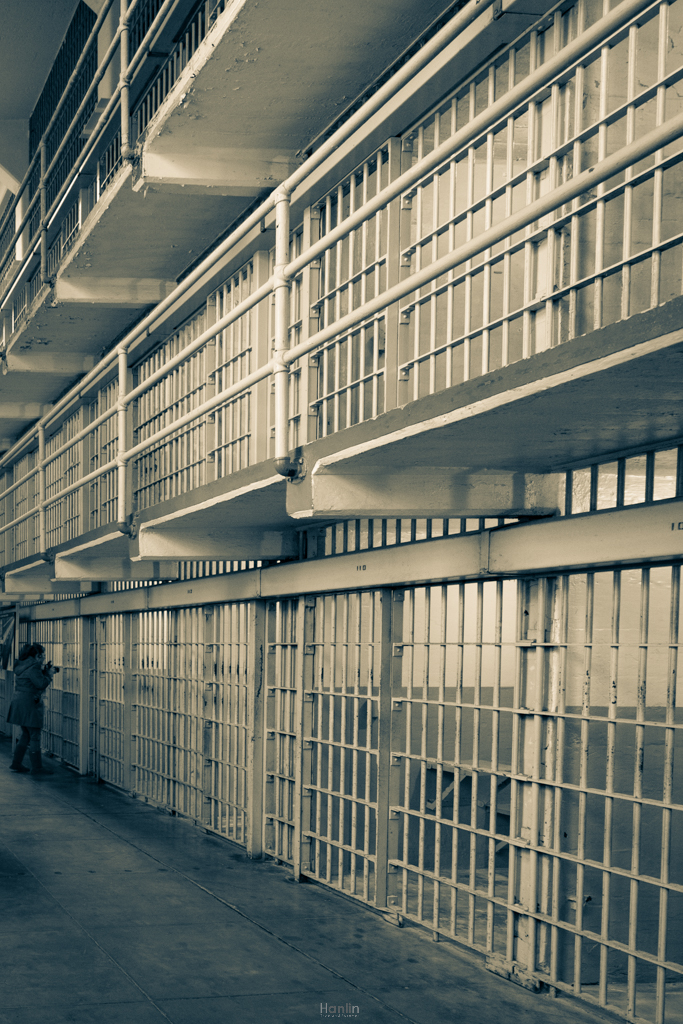
At Alcatraz, a prisoner had four rights: food, clothing, shelter, and medical care. Everything else was a privilege that had to be earned.
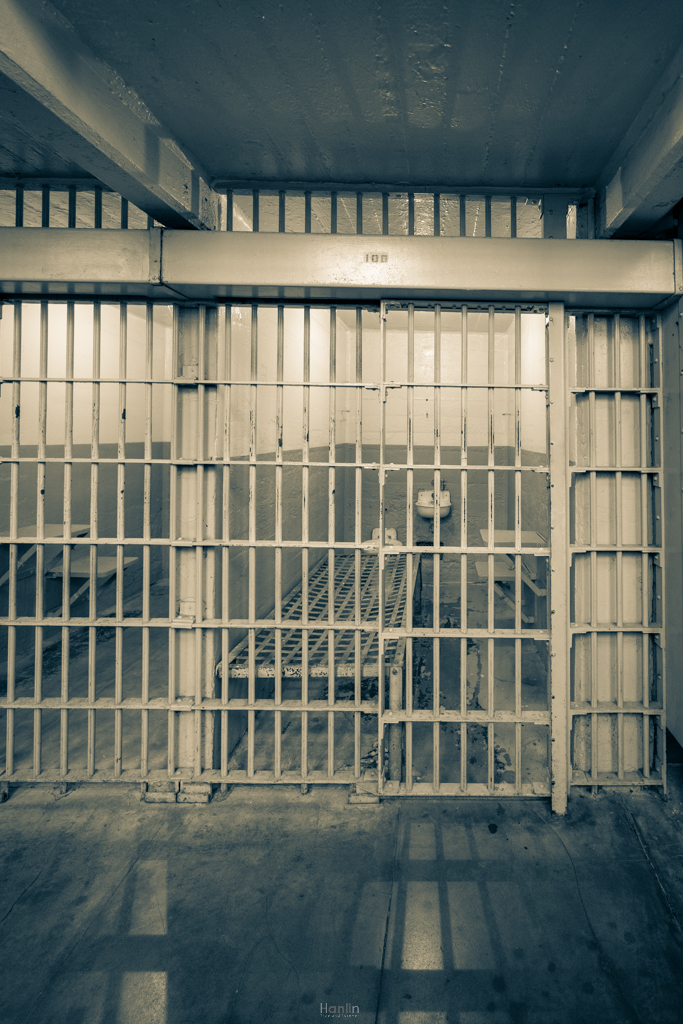
A look inside one of the single occupancy cells, all are unbreakable door and lock without keys.
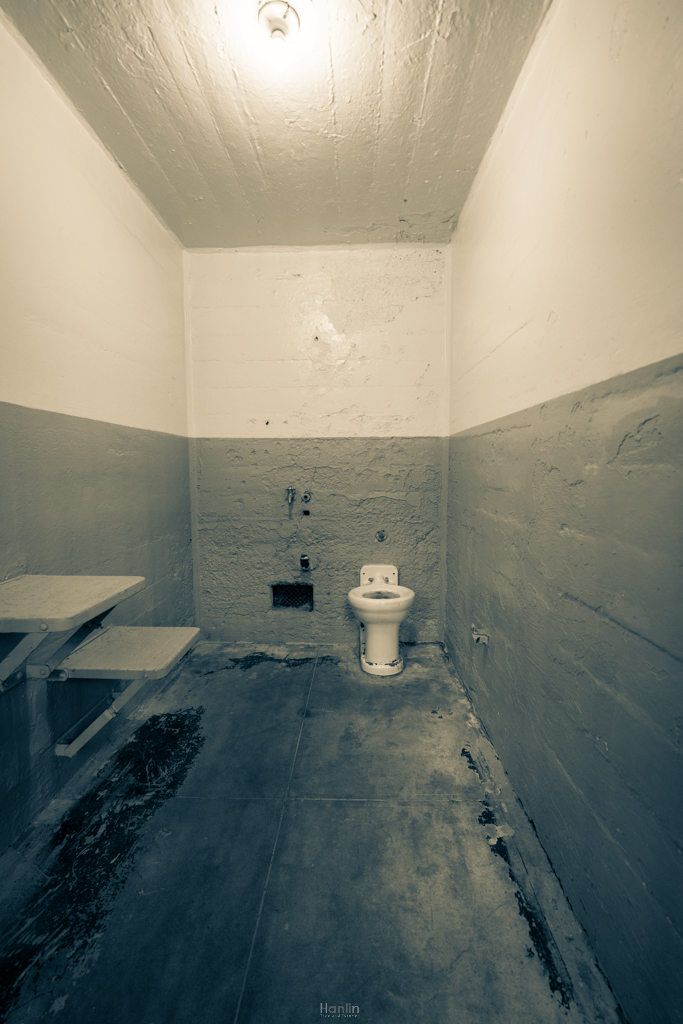
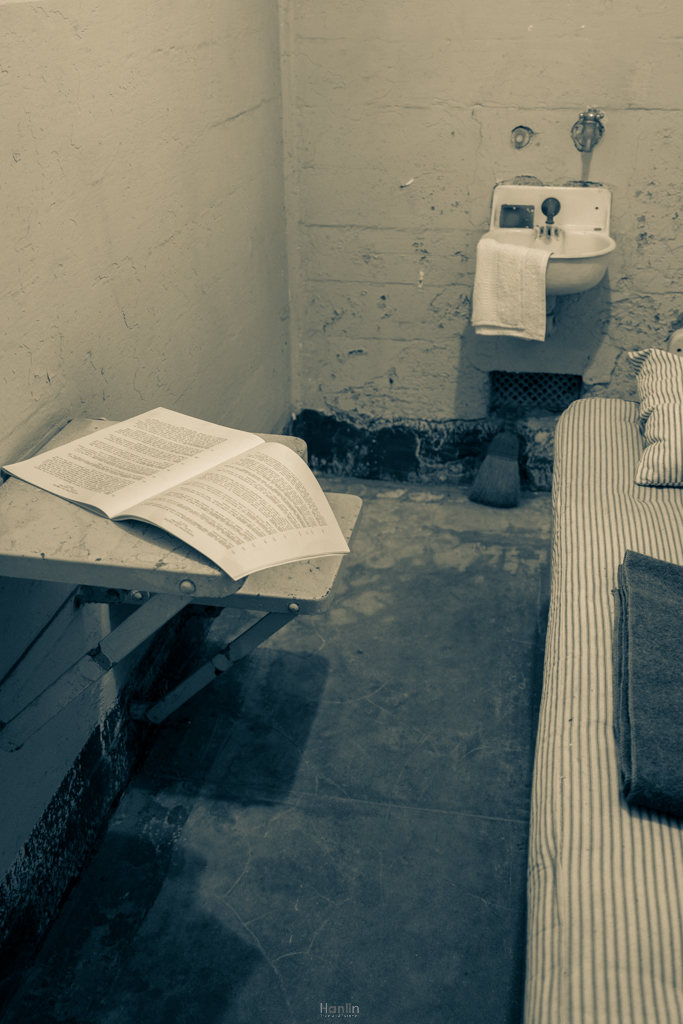
New inmates in Alcatraz were assigned to the second tier of B-Block cells. Here, they were permitted one visitor a month and could receive letters from loved ones, though they were checked by prison personnel first.
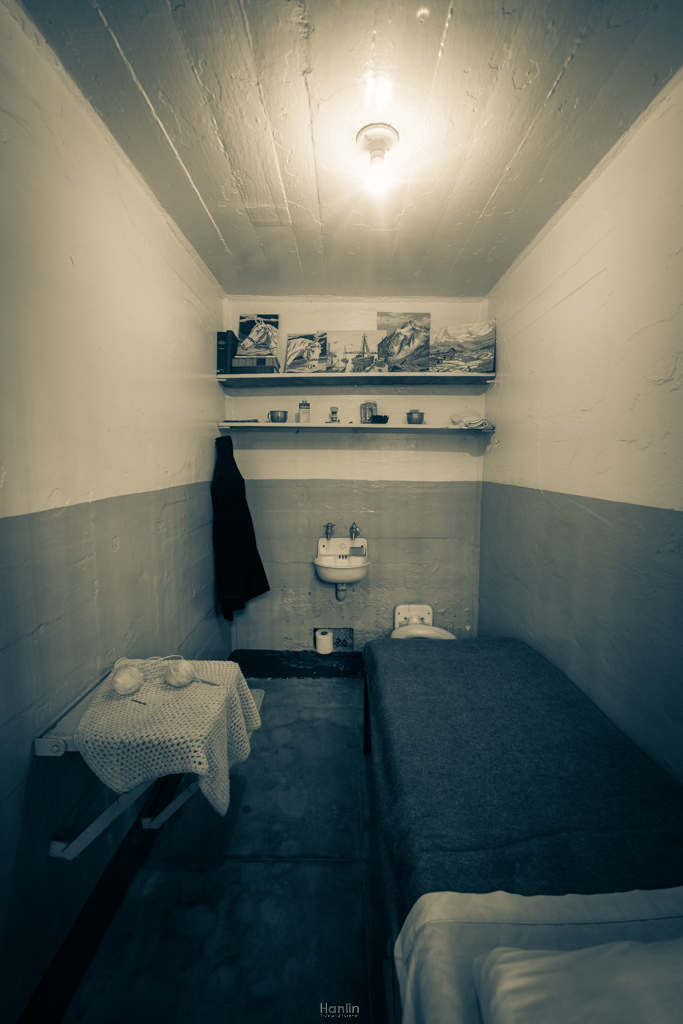
Some privileges a prisoner could earn included working, corresponding with and having visits from family members, access to the prison library, and recreational activities such as painting and music.
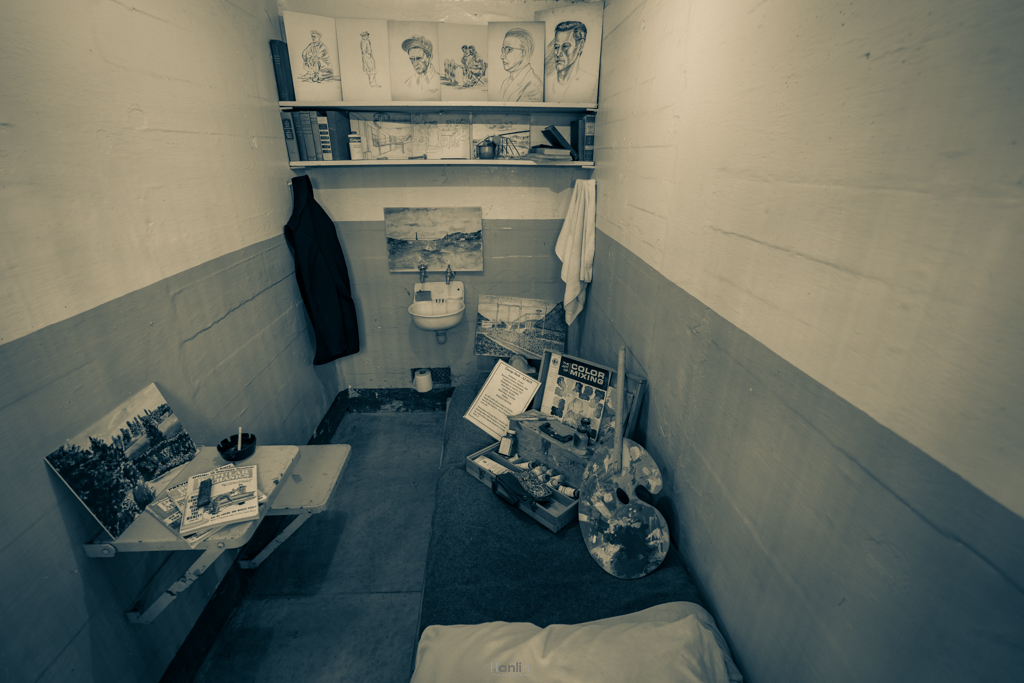
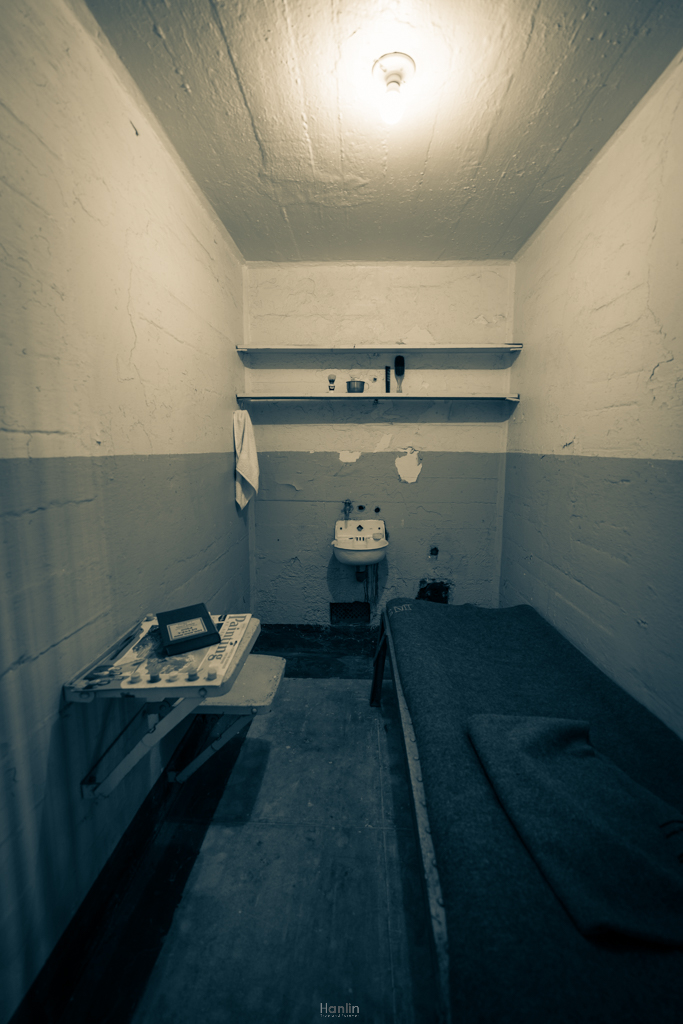
Once prison officials felt a man no longer posed a threat and could follow the rules (usually after an average of 5 years on Alcatraz), he could then be transferred back to another Federal prison to finish his sentence and be released.
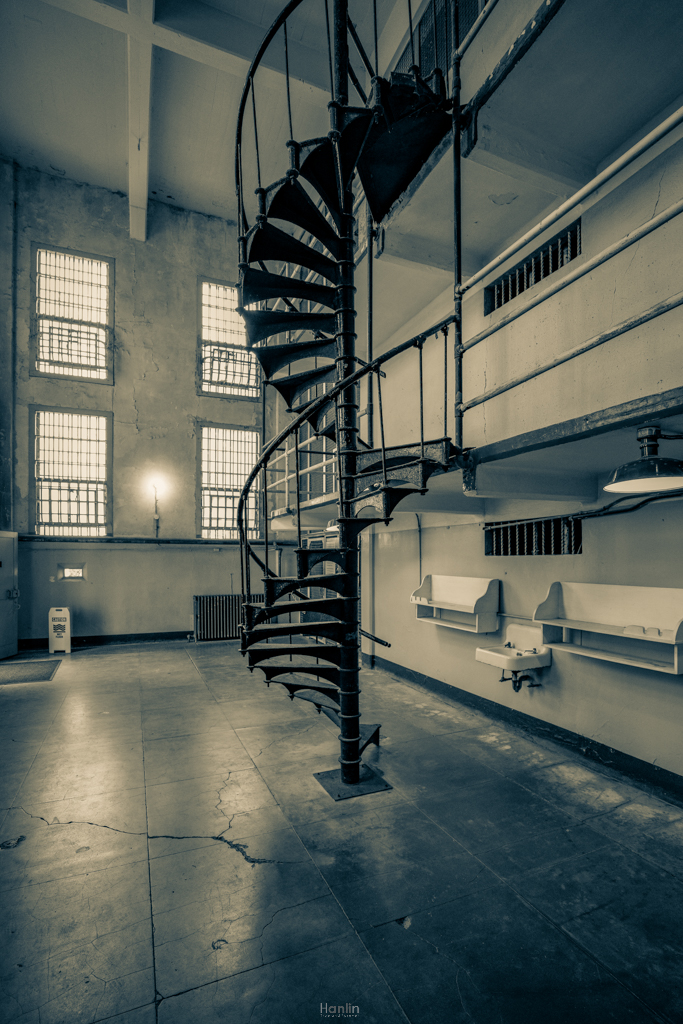
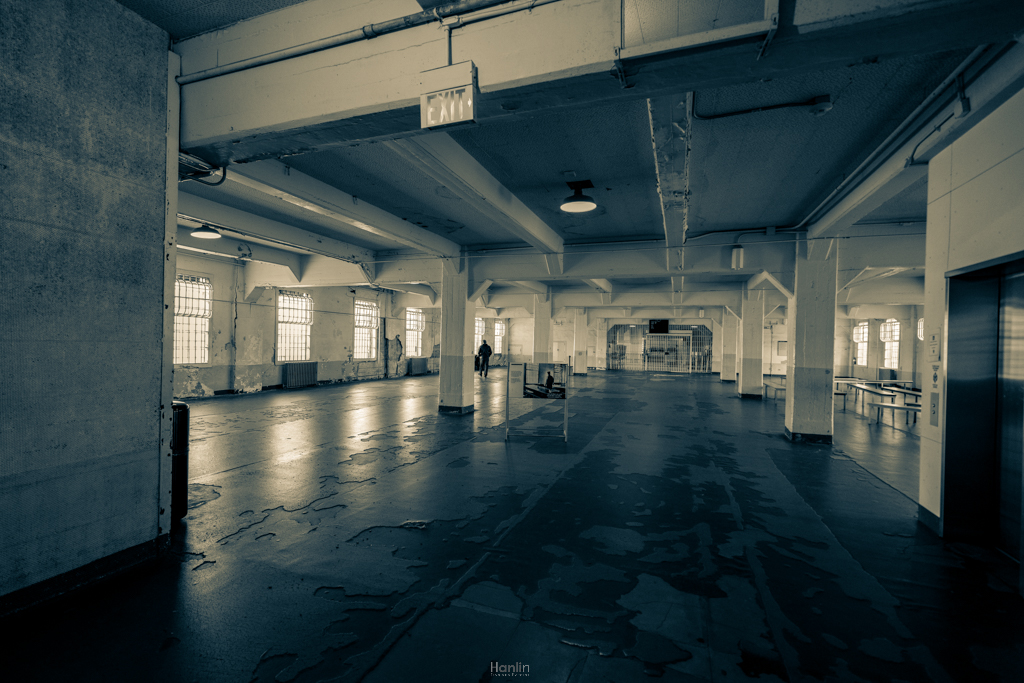
Dining hall.
Three times a day all inmate population gathered here for 20min meal. Access to the dining hall was highly regulated and prisoners were loaded into the room in shifts, to prevent any sort of riot from occurring
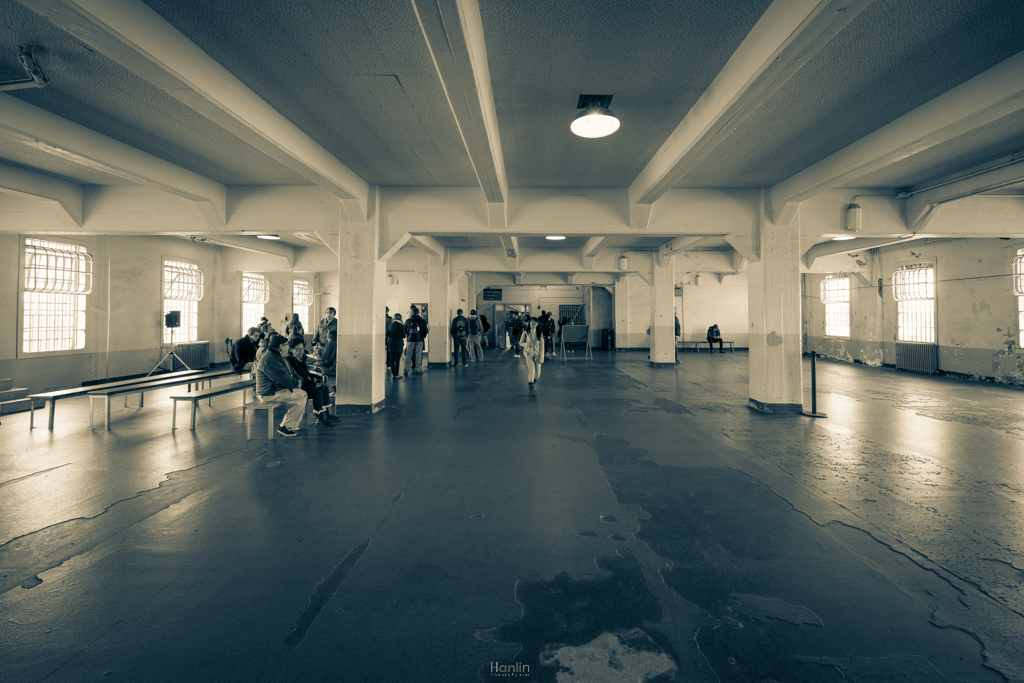
About 200 plus inmates, each armed with knife, fork and spoon, this was potentially the most dangerous room in the cell house, but the armed guards at gun turrets along the corridors helped to prevent that eventuality as well.
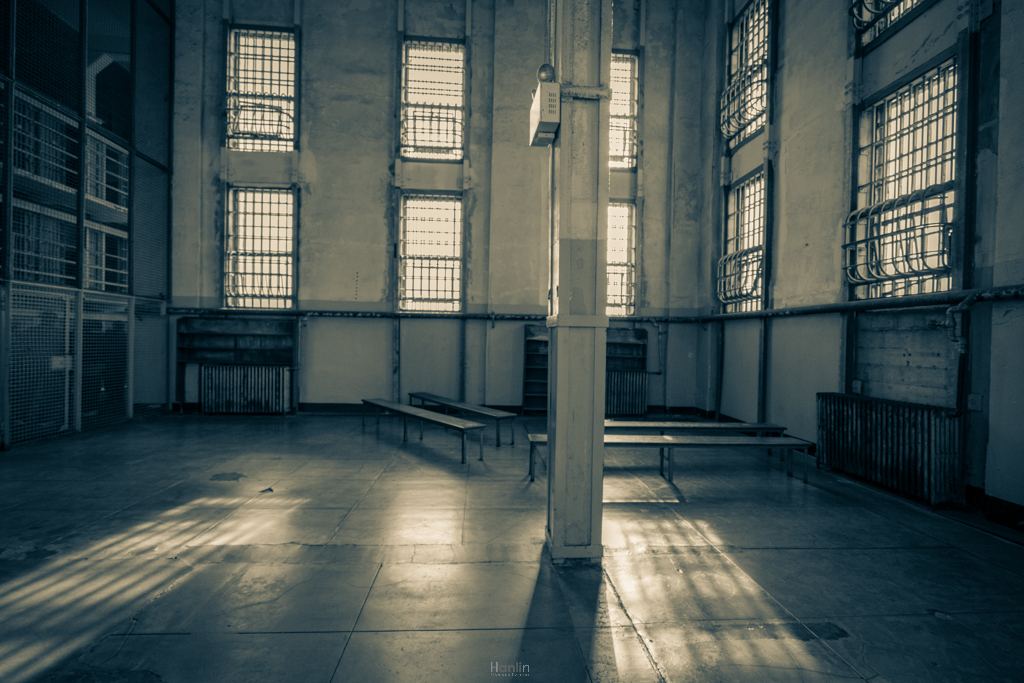
A Library
Inmates who behaved had access to privileges including monthly movies and a library with 15,000 books and 75 popular magazine subscriptions.
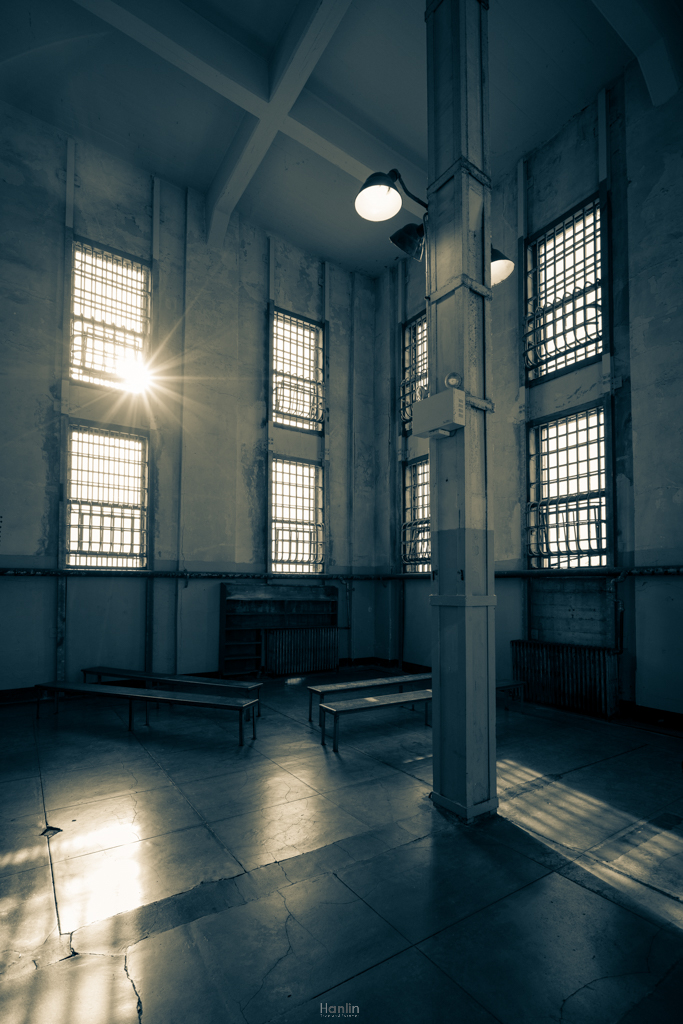
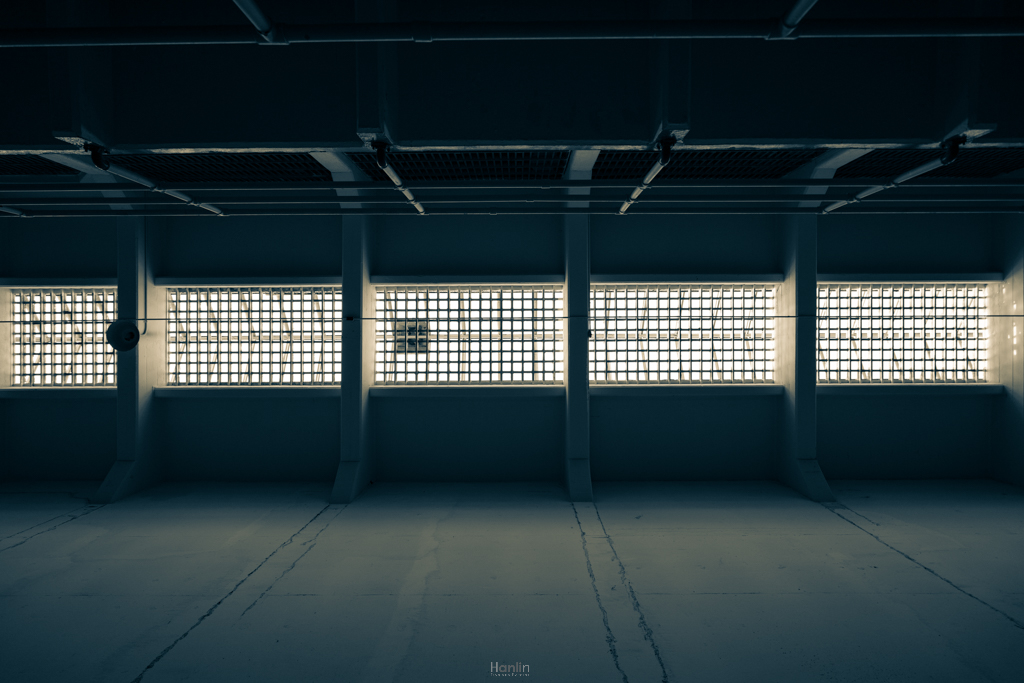
The ceiling
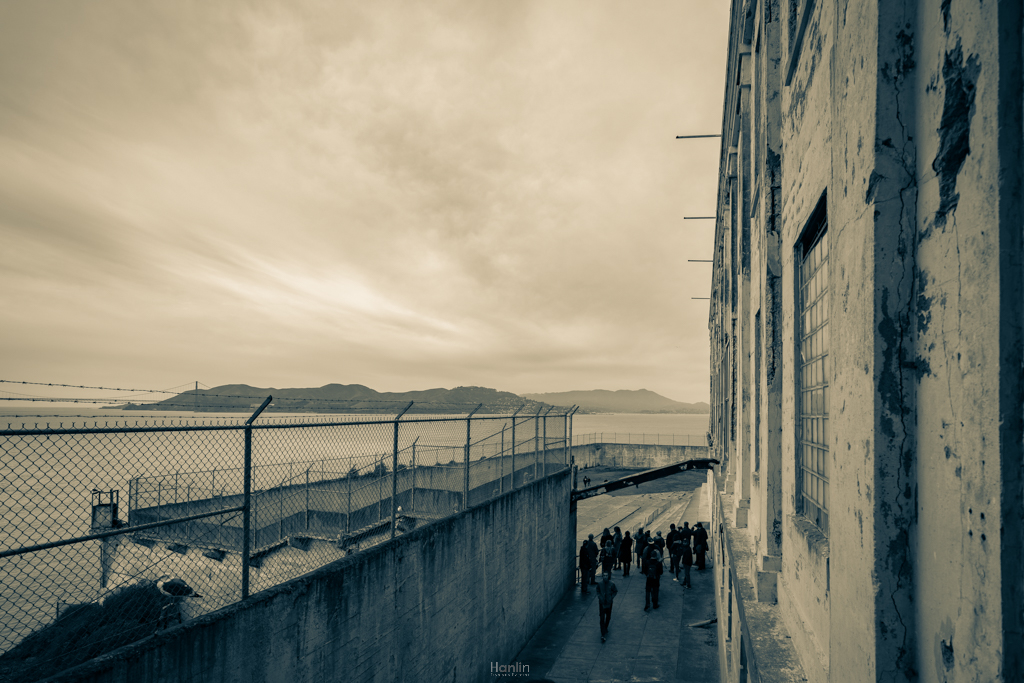
Recreation yard.
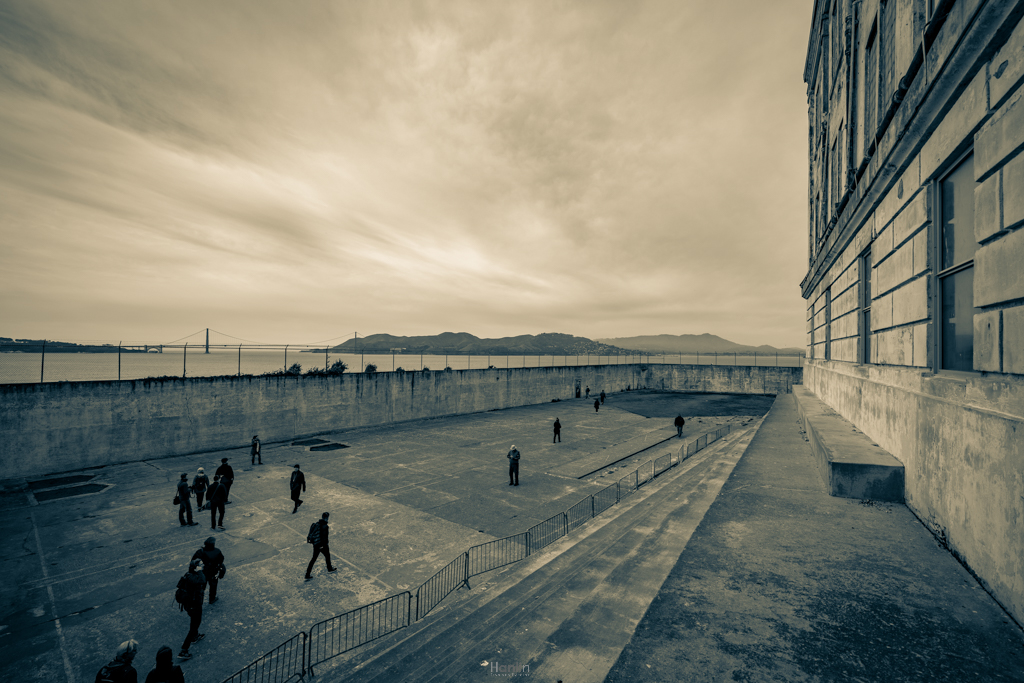
The recreation yard where the prisoners were able to see the outside world.
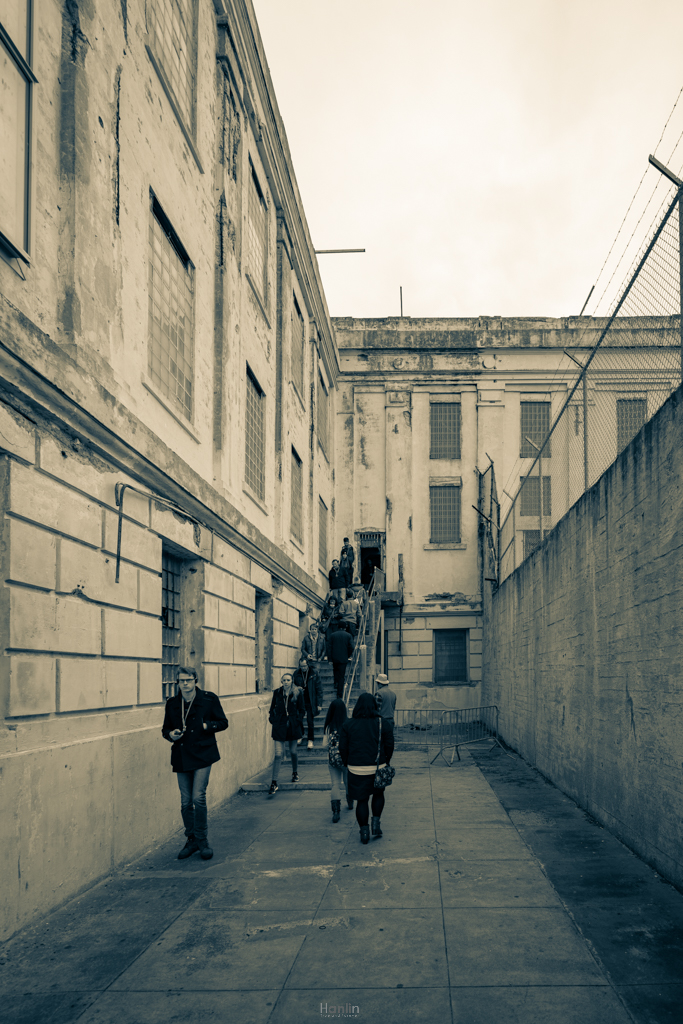
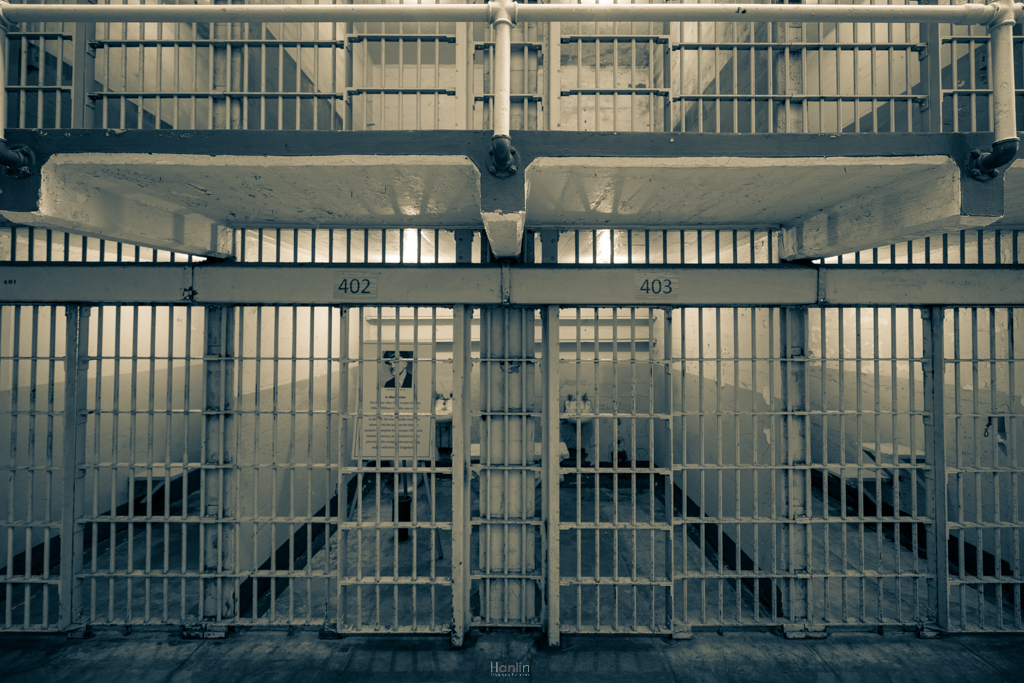
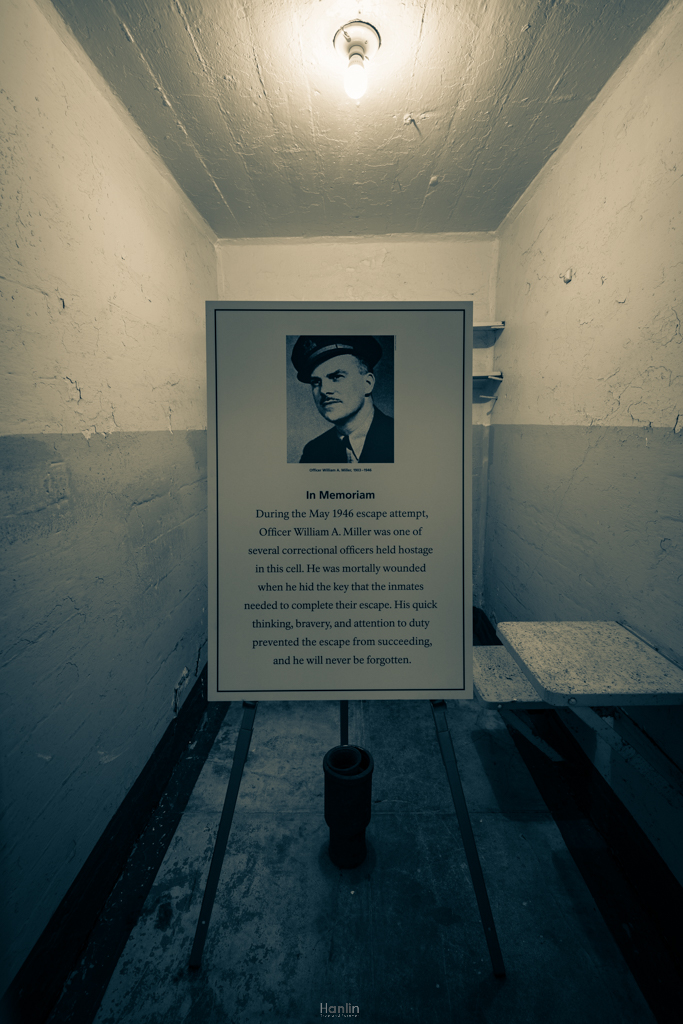
In Memoriam
The battle of Alcatraz on 1946, was the result of an unsuccessful escape attempt at Alcatraz. Two guards—William A. Miller and Harold Stites—were killed along with three of the inmates.
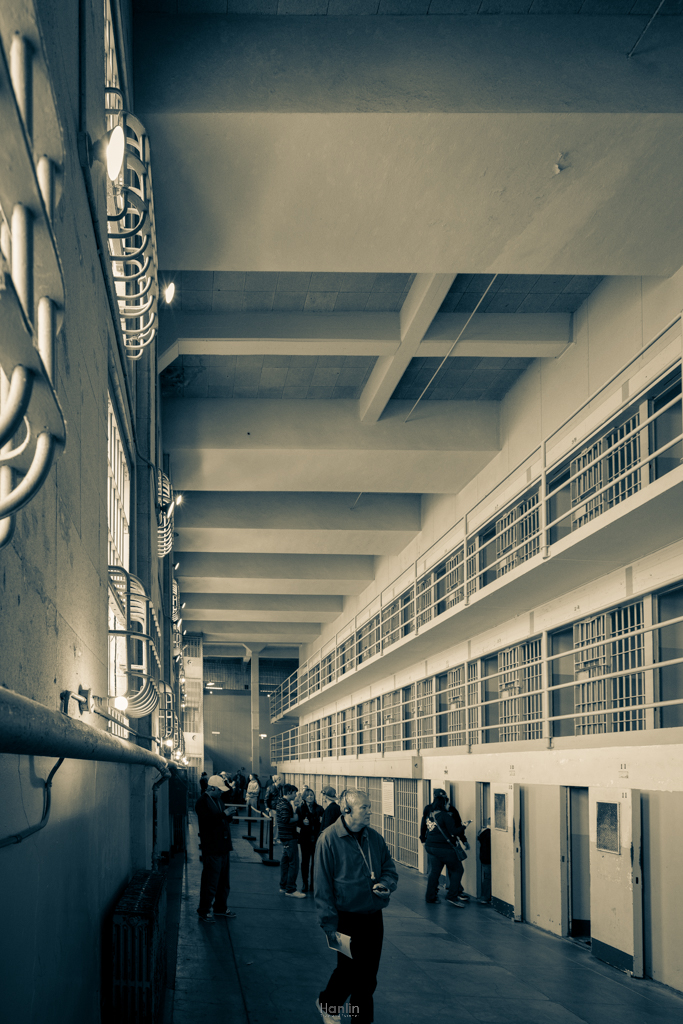
D-Block was referred to as the “Treatment block” and was home to some of the worst inmates in the entire prison.
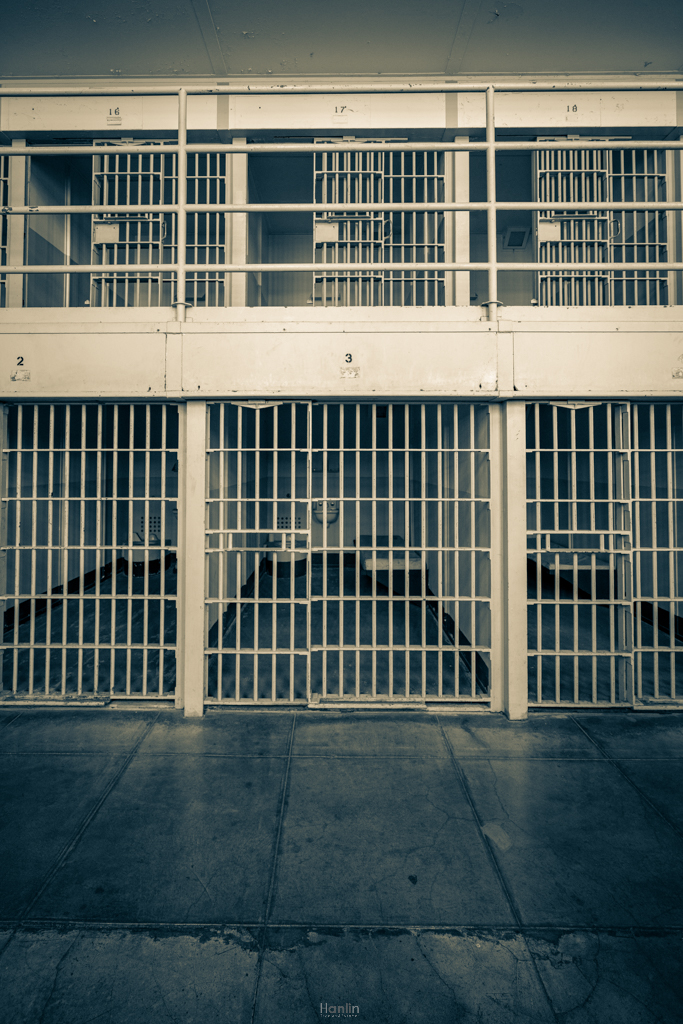
If prisoner choose not to behave, they will ended up in a harsher place, isolation in D block “The treatment unit”
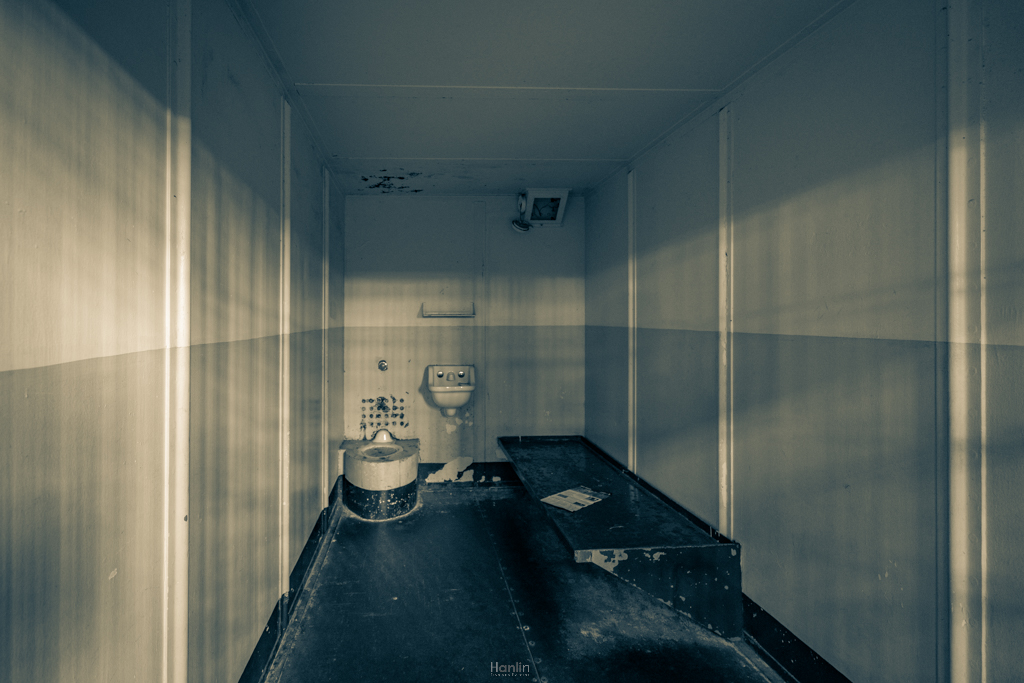
Isolation cells was reserved for unusually dangerous or violent inmates. A stretch in D block could last a few days or several years depending of the offense.
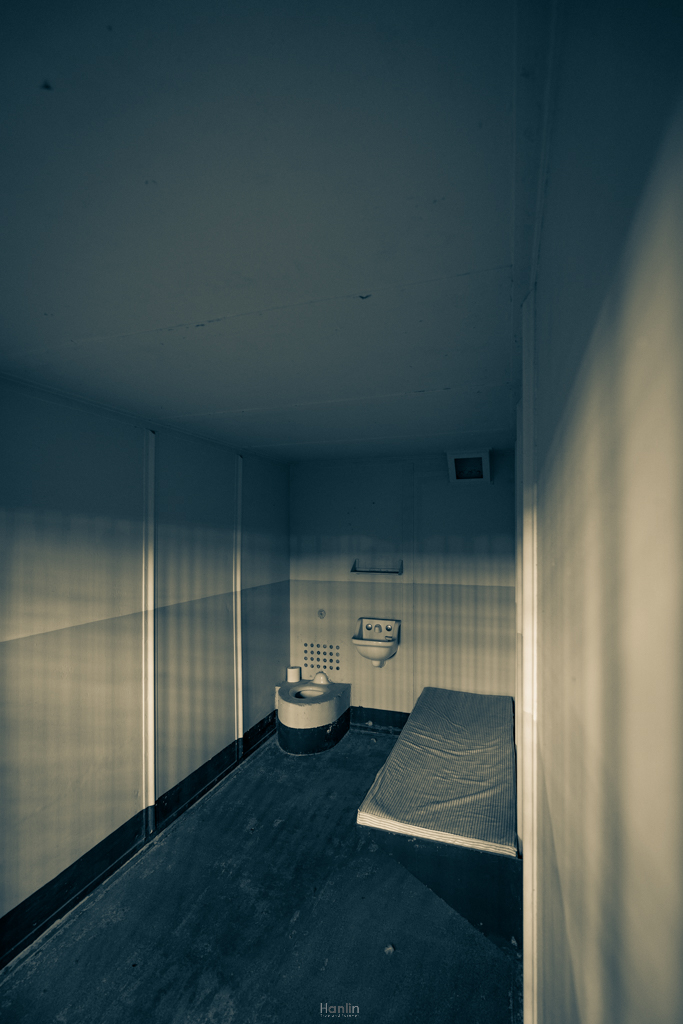
In Isolation cell, prisoner received adequate food and health care, but were confined to their cells 24 hours a day, they only allowed out once a week for a shower and exercise.
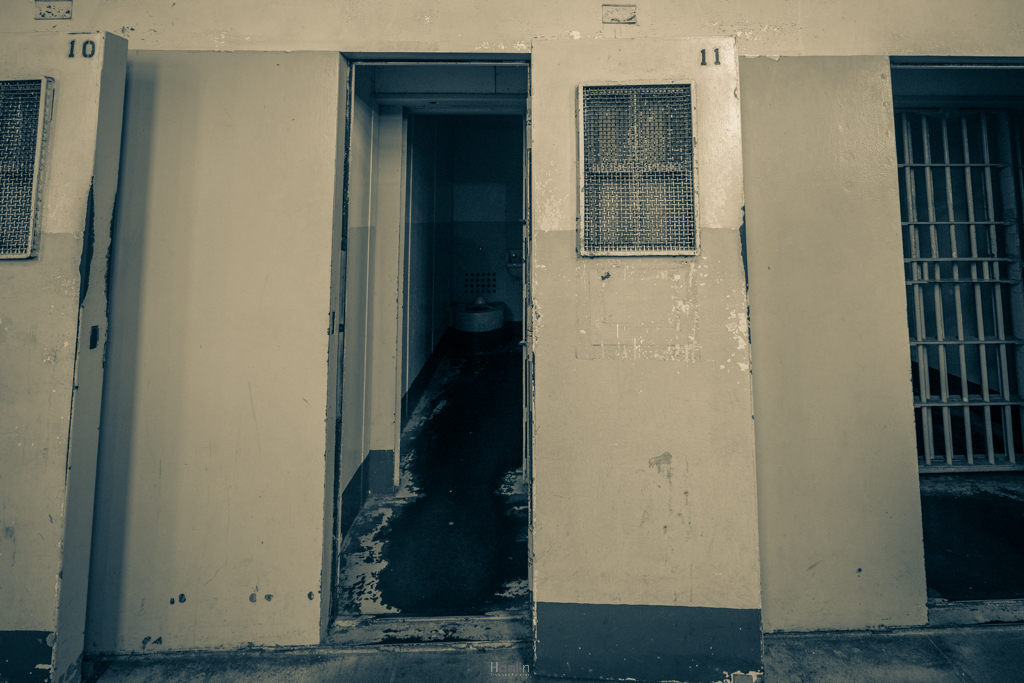
This is “The Hole” were essentially bare holes in the wall with only a sink and a toilet. The very worst cells, “Strip Cell”, was a nightmare. Prisoners in this cell would often be confined naked with only a hole in the floor to use as a toilet. Treatment in “The Hole” included total darkness and a restricted diet .
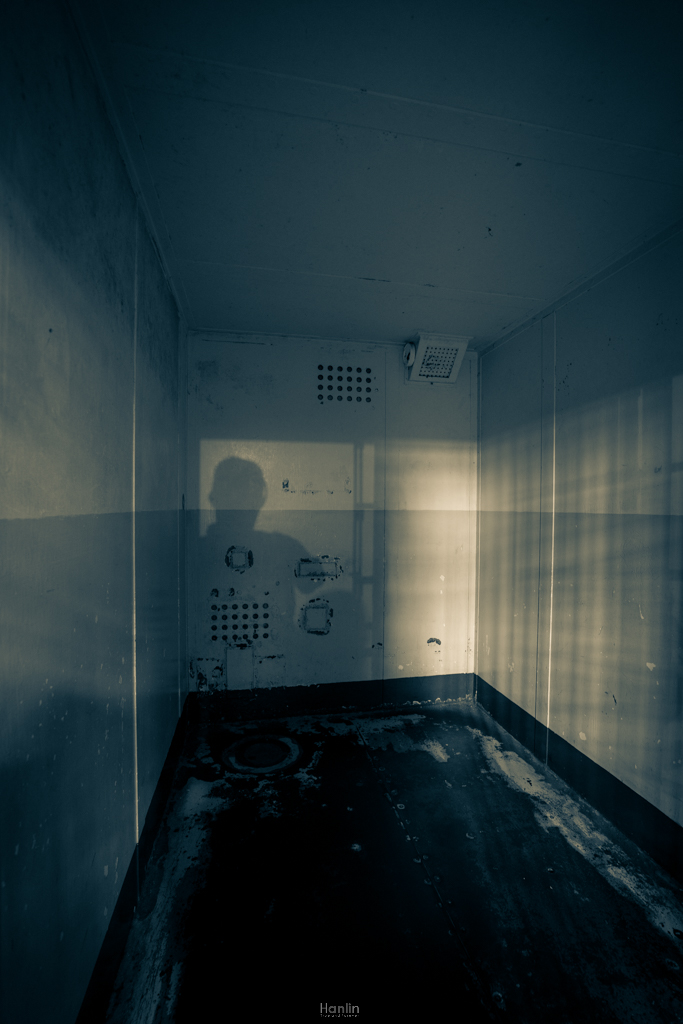
The treatment of these brutal and torturous and those who returned from “The Hole”, rarely engaged in any more wrongdoing if they could help it.
It usually lasted several days, but never more than 19days. Few inmates ever saw the inside of “The Hole”
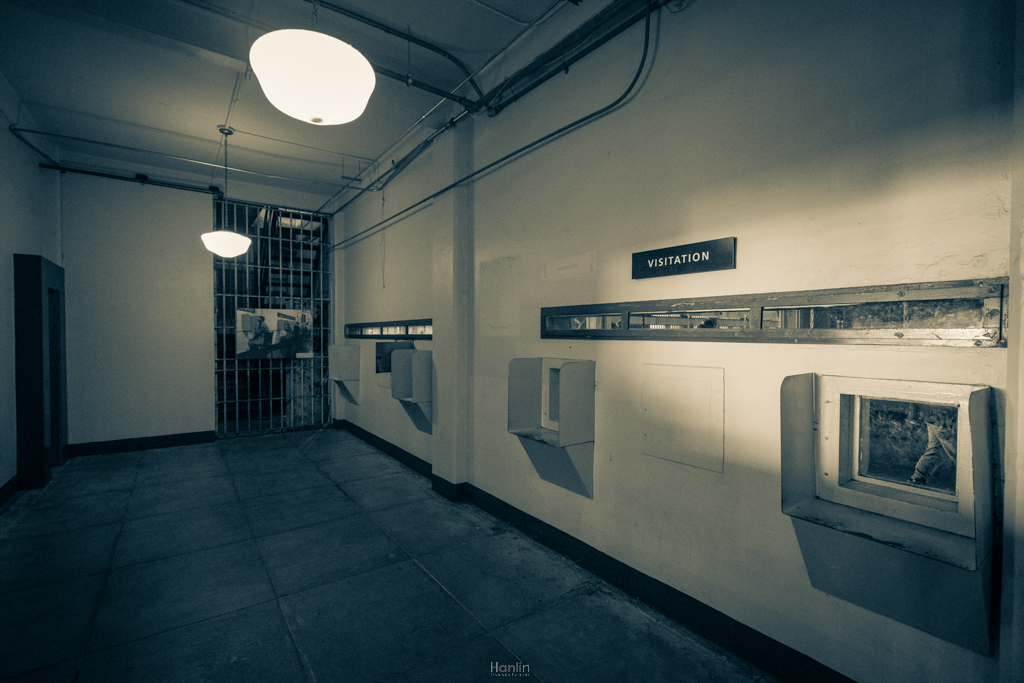
The visitation area of the prison. On the rare occasions that the prisoners could have visitors, this is where the prisoners would sit and talk to their guests.
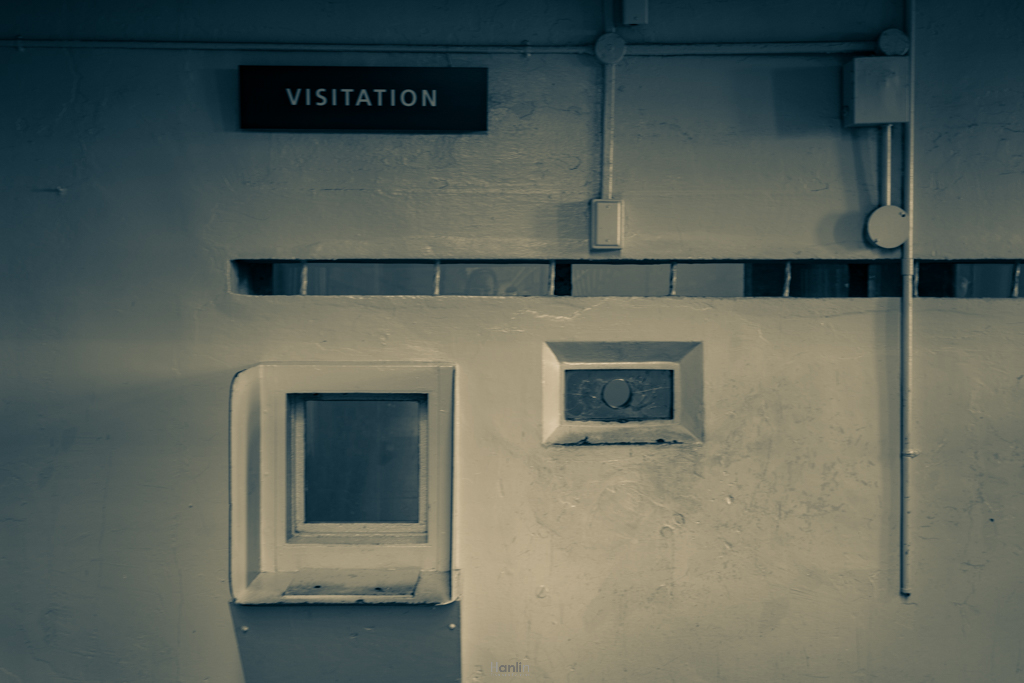
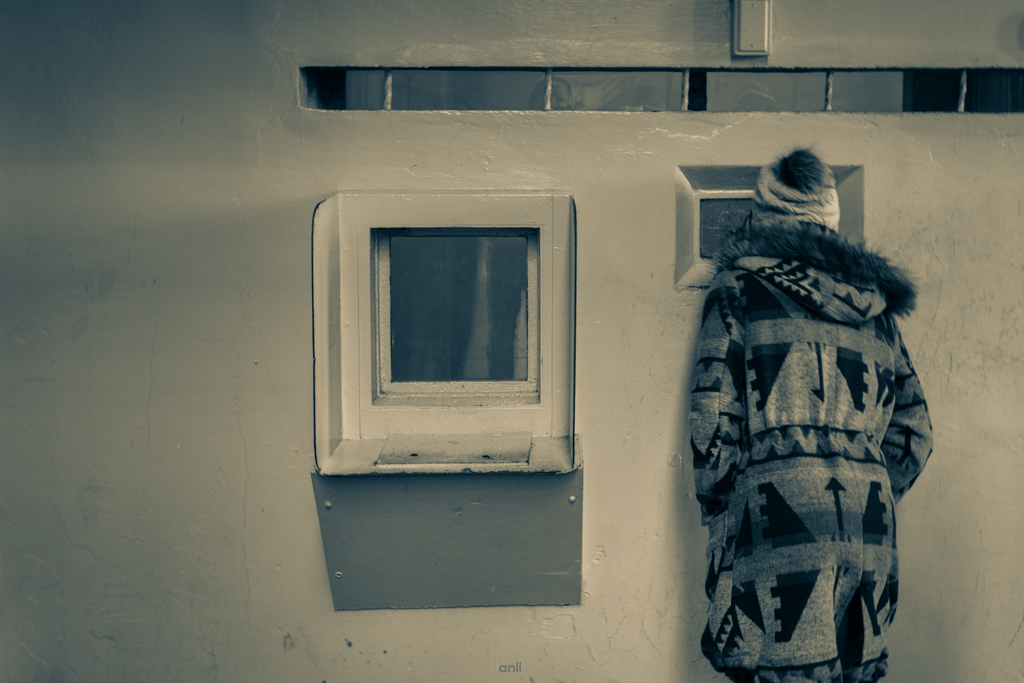
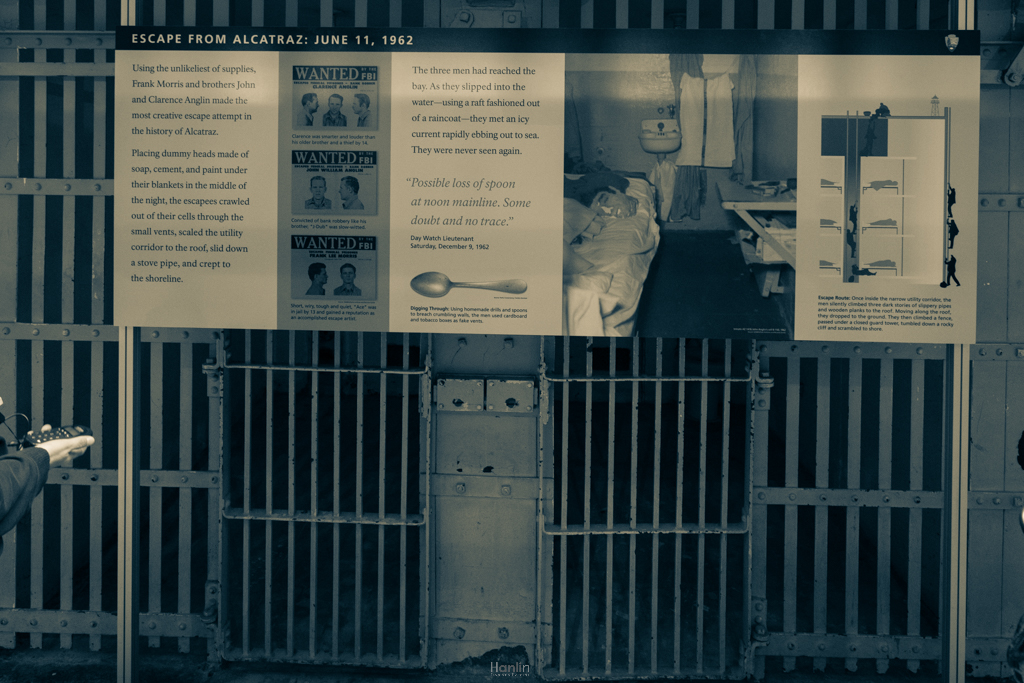
The Most creative escape attempt in the history of Alcatraz.
In June of 1962, Frank Lee. Morris and his fellow prisoners, Clarence and John Anglin, successfully escaped from Alcatraz Federal Penitentiary. Using paper mache decoy heads to make it appear as they were still in their beds, and after tunneling through the walls of their cells, the men breached the outer wall of the prison and escaped into the raging sea in a makeshift rubber raft.
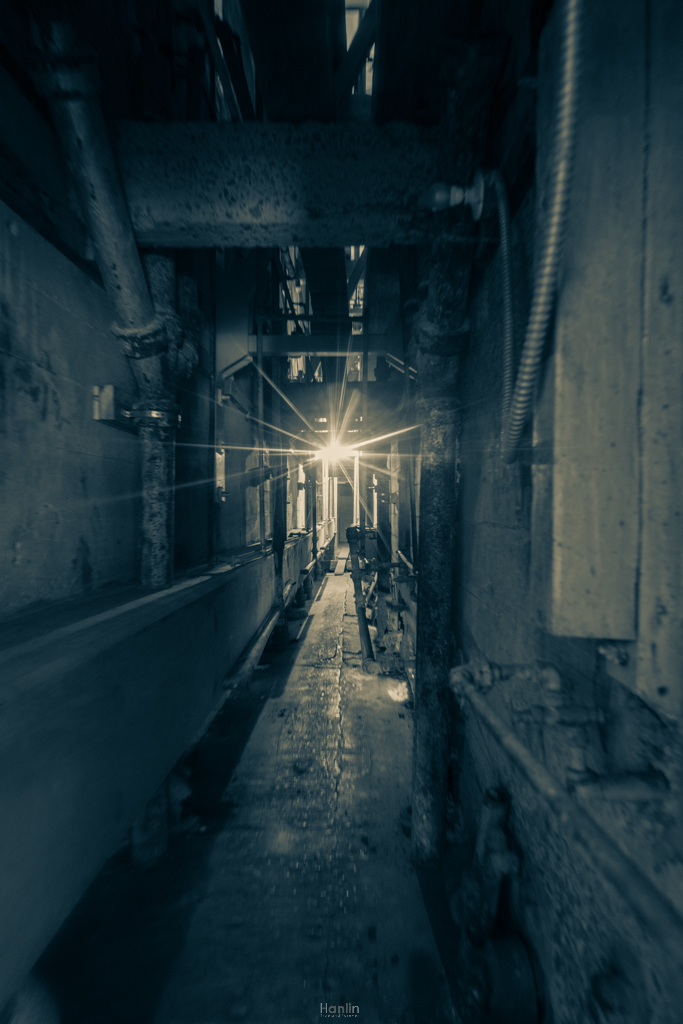
Corridor in between cells
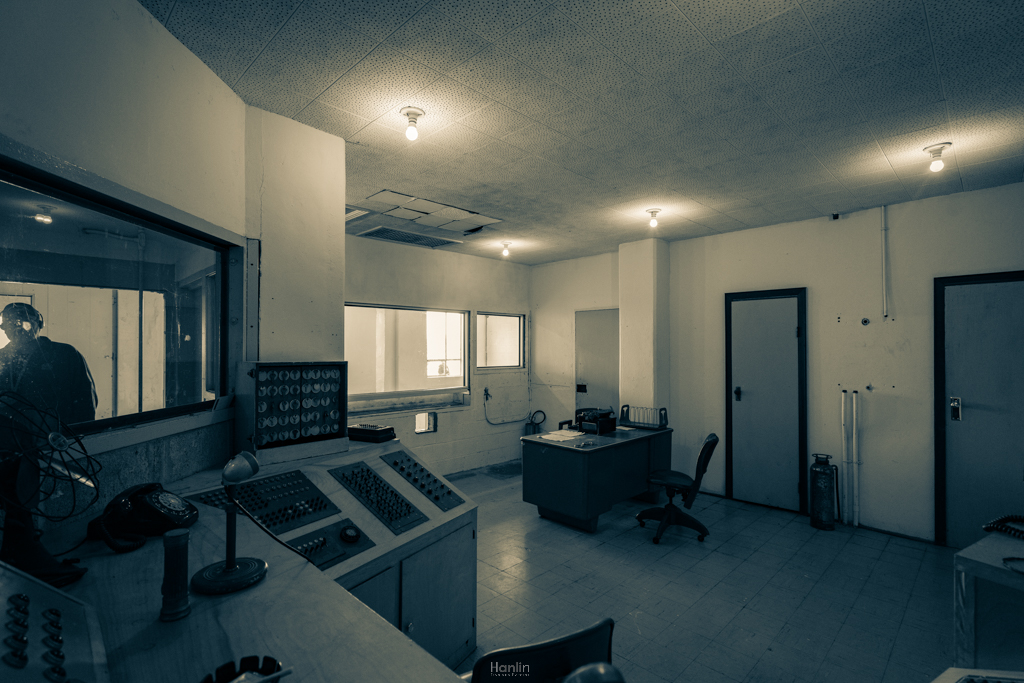
Control room
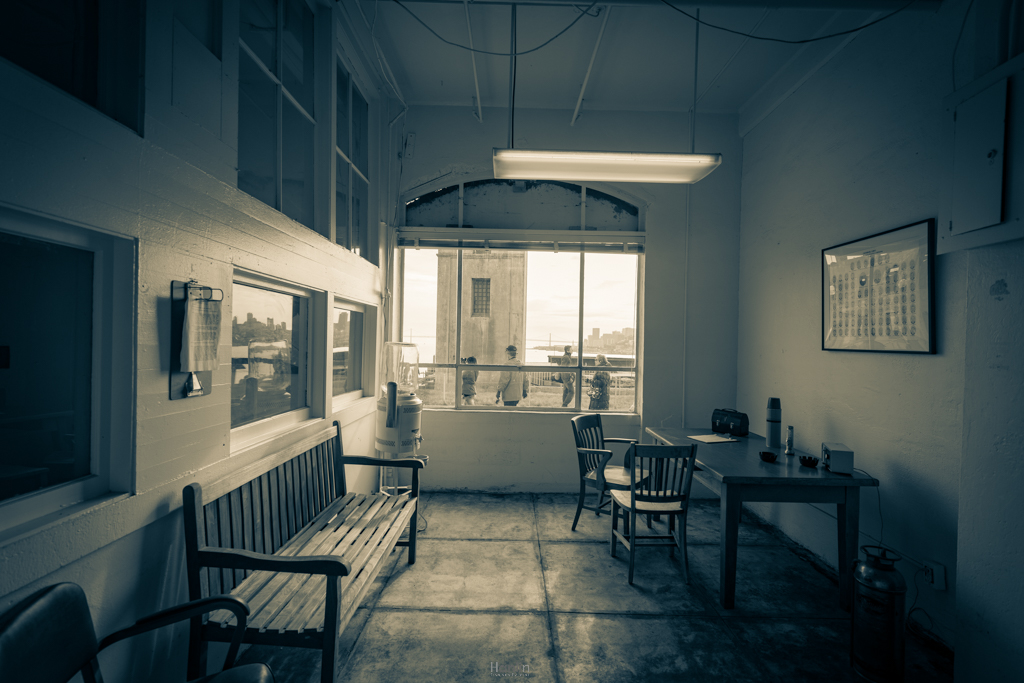
Administration room
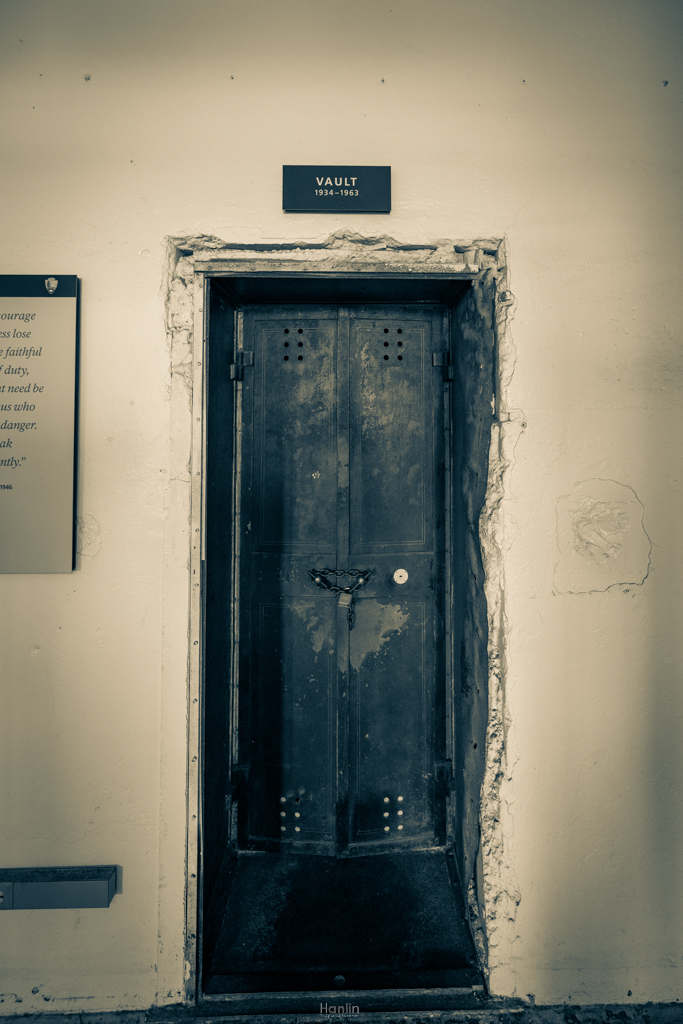
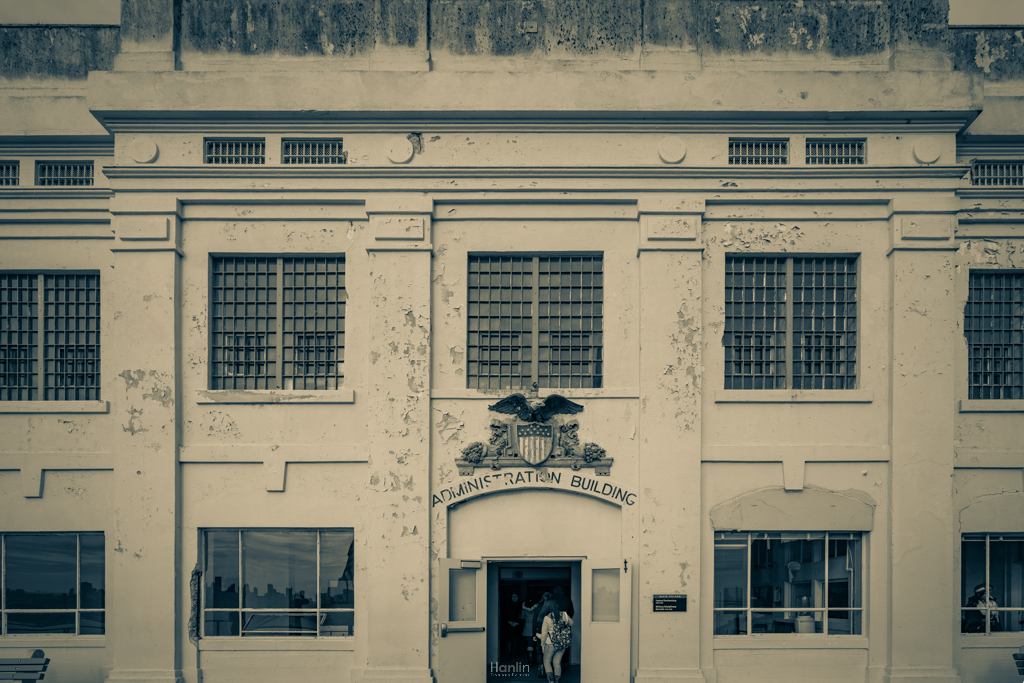
Administration Building.
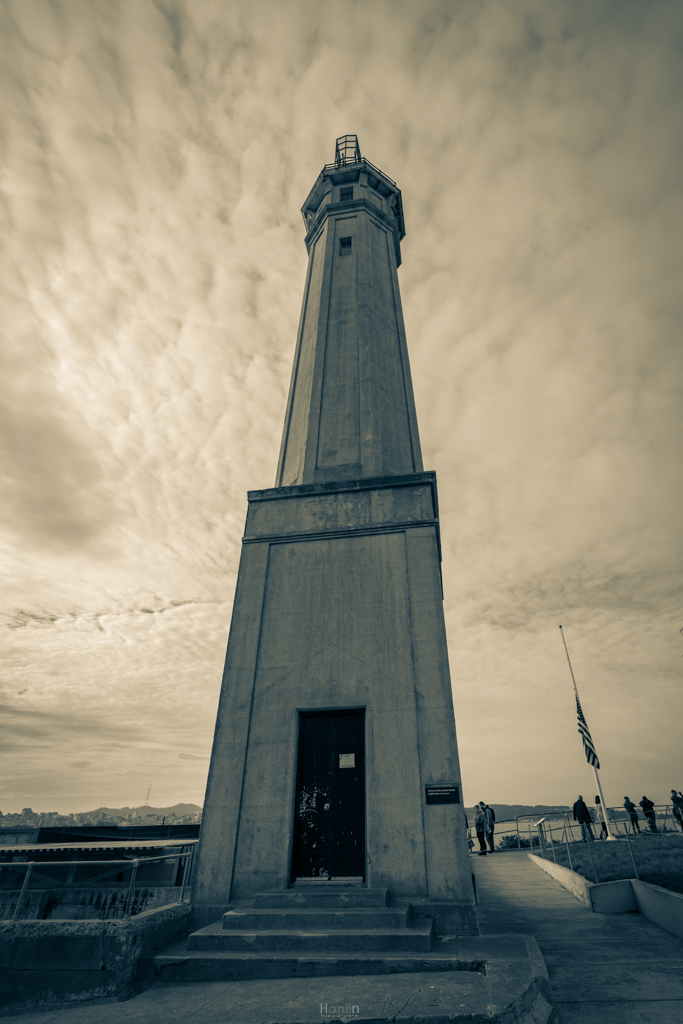
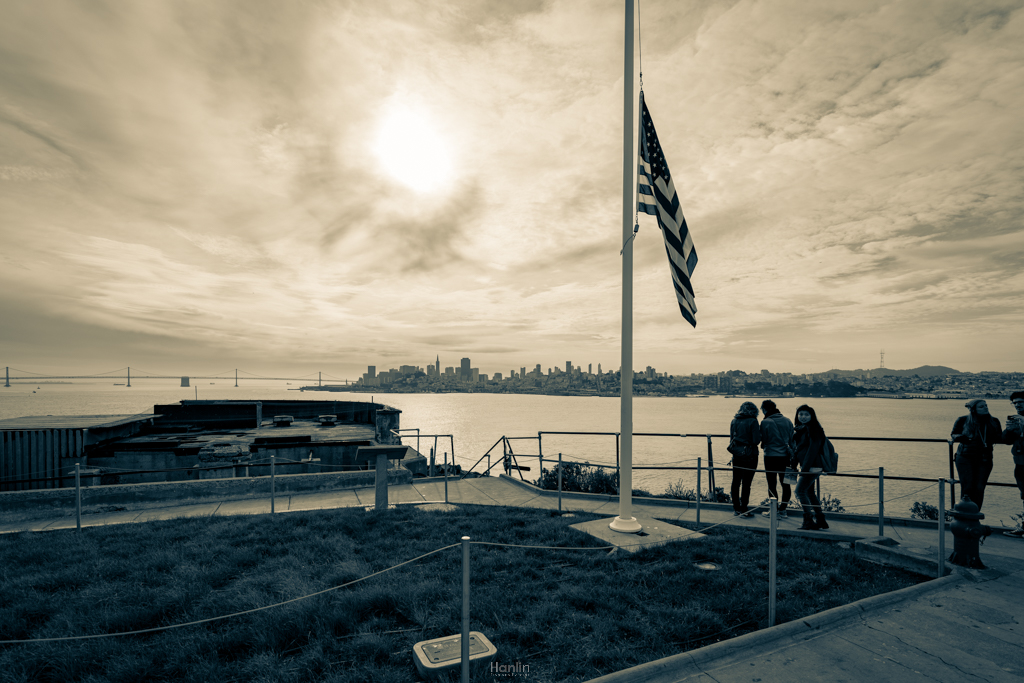
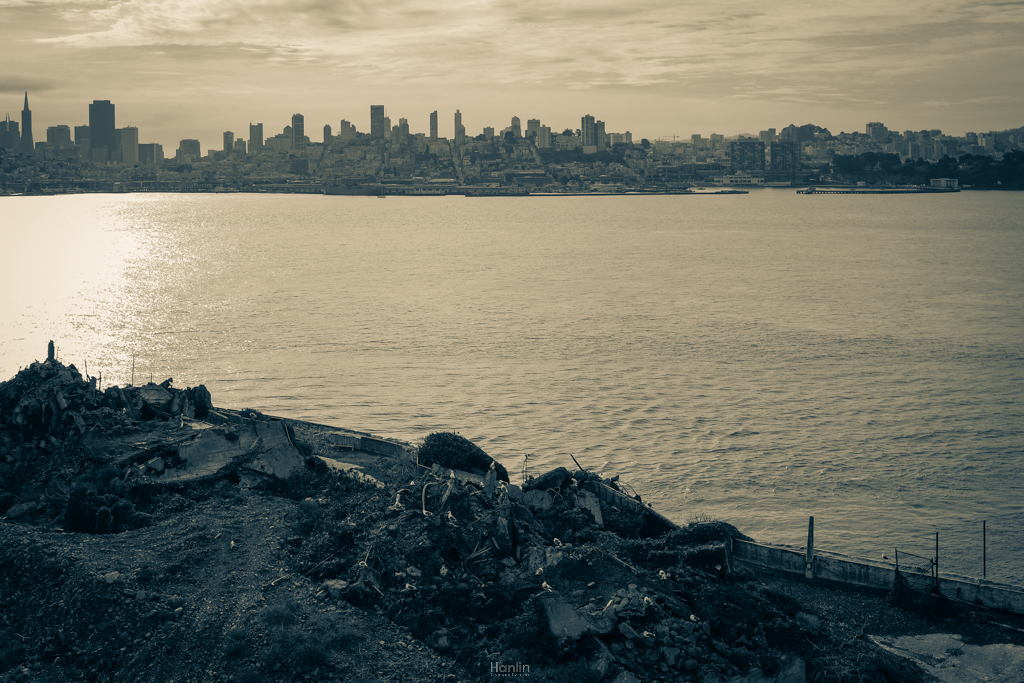
Federal officials may have initially doubted that any escaping inmates could survive the swim to the mainland across the cold, swift waters of San Francisco Bay, but it did happen. In 1962, prisoner John Paul Scott greased himself with lard, squeezed through a window and swam to shore. He was so exhausted upon reaching the foot of the Golden Gate Bridge that police discovered him lying unconscious in hypothermic shock. Today, hundreds complete the 1.5-mile swim annually during the Escape from Alcatraz Triathlon.
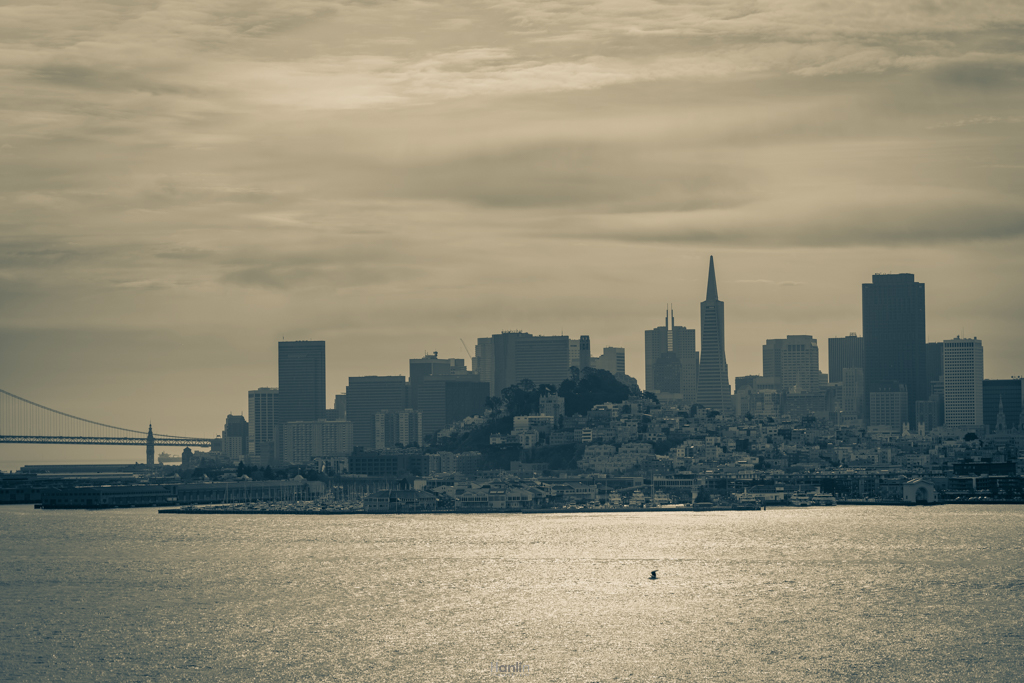
View from Alcatraz.
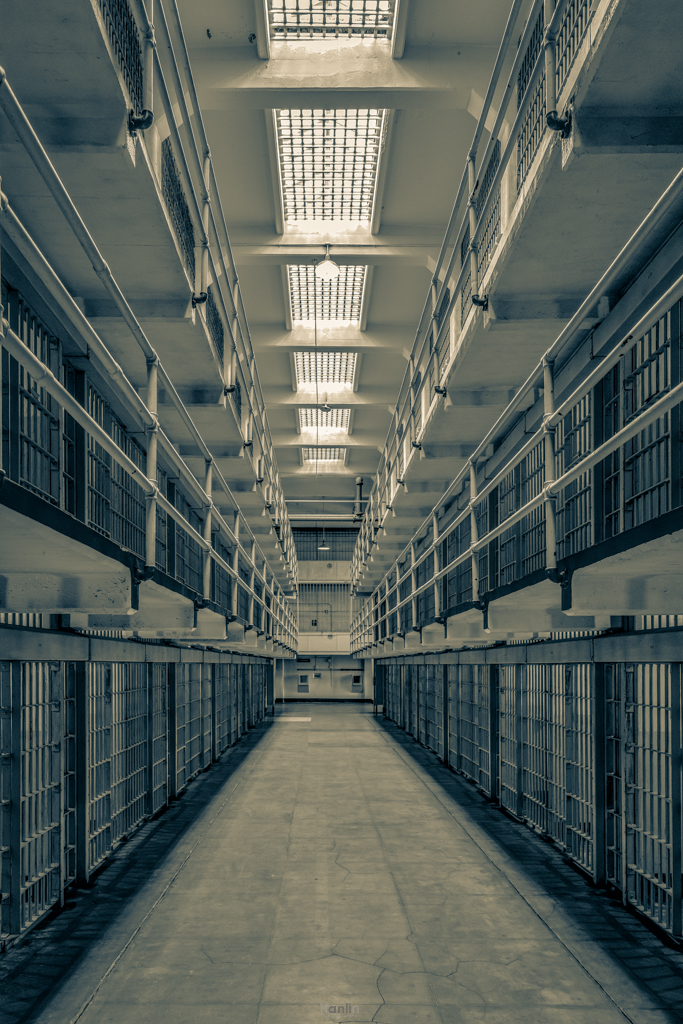
No Comments